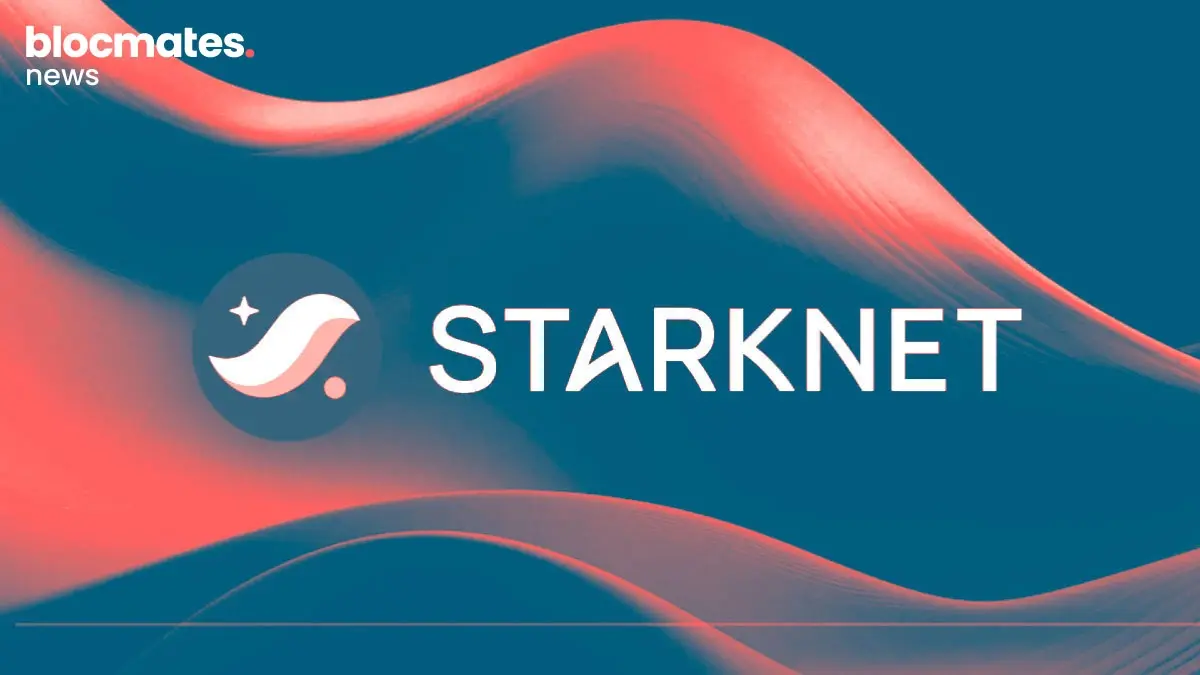While everyone was busy slinging shitcoins, arguing about decentralization, low fees, and bruising their knees for Trad-Fi to buy their bags, one of the biggest cypherpunk values was seemingly lost in the noise.
Privacy has been all the rage lately, and it’s truly a wonder that it took this long to bubble up to the surface in a space that was originally built on such anti-establishment principles.
Surprisingly enough, the issue of privacy isn’t just one for the degenerate whales trading perps on Hyperliquid, but also a major concern for big institutional players who are looking to enter the space with size and bring trillion-dollar marketplaces onchain.
It is privacy that has somehow been forgotten from the blockchain trilemma, and it is privacy that will allow for the true scalability of crypto-based finance going forward.
We have the infrastructure, we have the operational capabilities, and it now seems that we might just have the privacy needed to take blockchain-based financial services to the next level.
Enter Canton Network.

What is Canton Network?
Canton is a public, permissionless blockchain that is designed specifically with institutional use in mind.
Sounds like the shill for every other layer-1, right? I’d say not quite.
Canton Network offers something that other layer-1 networks don’t.
Programmable privacy at the smart contract level.
This allows applications built on Canton to control their own levels of privacy while still maintaining full interoperability with the rest of the network.
You can picture this in the same way the internet works, a world of open information readily available for users, but at the same time providing many gated and private applications where users' sensitive data is kept out of reach to all, including the developers of the applications themselves if required.
This makes Canton a prime location for institutions to roll out financial applications that require maximal development flexibility, while still providing fully customizable privacy configurations.
How does Canton work?
There are certainly options with respect to other layer-1s that can bake privacy into the pie. Think of private sidechains or layer-2s that are specifically built to keep transaction and user data a secret.
While these options seemingly do what they say they will do, they have a bunch of major issues.
Firstly, they are not easy to scale at a rate that is needed for true financial use across a multi-trillion-dollar marketplace.
Secondly, they do not allow for the type of privacy required by many financial institutions to operate onchain.
This is where Canton shines.
The network itself is fully permissionless; anyone can spin up a validator, contribute to governance proposals, and build applications.
These applications, however, have the ability to decide for themselves who can see what goes on within them, if at all.
This creates a place for institutions to launch applications like the ones we see in the world of Trad-Fi today.
Imagine you are a multi-billion-dollar fund manager and you want to bring your services onchain. You have a major problem: every move you make can be seen in real-time by the onchain sleuths, who will proceed to front-run you at every chance they get.
Unlike other layer-1s, where the entire transaction history is available to all nodes on the network, Canton utilizes segregation of information across applications so that only those who need to see the data can view it.
Everyone else is left in the dark.
This is achieved by two main mechanisms.
1. Sub-transaction level privacy that creates a need-to-know basis of information flow across applications so that parties involved only see the information they need to see, and that applies to them directly.
2. Proof-of-Stakeholder validation mechanism that requires only the parties that are actually involved in the transaction to validate it, and therefore, imposes no staking requirements to run a validation node on the Canton Network.
The best way to visualize this in action is in the form of a transaction made between two parties for a company's stock that requires the involvement of several third parties, i.e., banks, brokerages, etc.
In this case, the purchaser of the shares needs to send funds to the seller, and these funds will come from the purchaser’s bank account.
The shares being sold will be recorded by the brokerage and transferred to the buying party.
As this transaction takes place on the Canton Network, the bank will only see the movement of funds from the purchaser's account to the seller; they will not see what is being purchased.
The brokerage, whose sole job is to record the movement of the shares themselves, will only see the outgoing shares and will see nothing of the value of the money that has been sent to make the purchase itself.
The seller and the buyer will be the only ones in this transaction who will see the amount of money being sent and the number of shares being purchased.
All of this is programmed at the smart contract level and can be fully customized by developers who decide who sees what during any transaction between an infinite number of parties.
Why does any of this matter?
Obviously, for the average plebeian, this is probably not a huge deal, although with the state of some of the token names being launched on Pump.fun you might not want your accountant seeing what you have been aping on the weekends.
“You made how much on cumrocket69blazeitbumhole token ser?!”

For big institutions, the likes of JPMorgan, Citadel, HSBC, and Bank of America, who have already partnered with Canton, it's actually a pretty big deal.
These guys, and many of their clients, are moving with some extraordinary size and don’t exactly want every man and his dog seeing where these funds are going.
Even on a much smaller scale, there are many instances where users wouldn’t be happy to know that every purchase they make is available to be viewed by anyone with the desire to do so.
Your own personal bank account is a prime example of this.
It’s already bad enough that the clerk behind the counter at your local bank branch can see that you’ve spent half your paycheque on AI e-girl onlyfans accounts this month, let alone the entire world.
Safe to say, the “why does any of this matter?” part is pretty clear to see for anyone with half a brain cell remaining.
Closing thoughts
Some pretty big players have already put Canton Network to use, and since the mainnet launch in July 2024, substantial funds have been transferred across the network.
Broadridge, for example, deployed its Distributed Ledger Repo (DLR) on Canton and is currently processing around $4 trillion a month in onchain US Treasury repo financing.
Not a number to be scoffed at!
A full list of Canton Ecosystem partners can be seen here for anyone interested.

Obviously, as with any advances in technology, there is the potential for this kind of tech to be used by actors with not-so-great intentions.
The way that governments are openly shilling stablecoins as the next best thing, with the side-quest of having all their bad debts bought up by the issuers, does make one wonder how long before they see this kind of tech as a great way to funnel all your taxes (which you pay in full, of course) to foreign nations and shadow lobby groups.
This is the trade-off that is always made when it comes to new technology, and personally, I think the need for privacy overrides any collateral damage that might occur in the process.
Privacy is fast becoming a dominant theme in crypto and you’d likely be a fool to fade this one, as it doesn’t seem to be going anywhere anytime soon.




.webp)

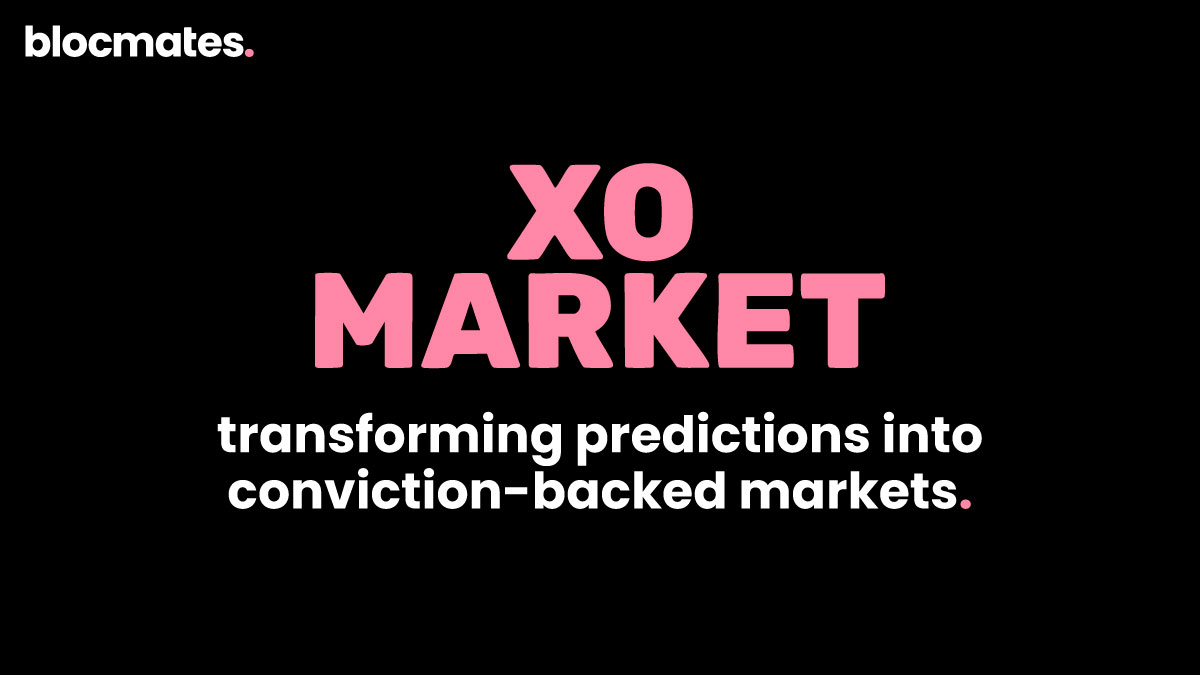
.webp)



.webp)

%20(1).webp)
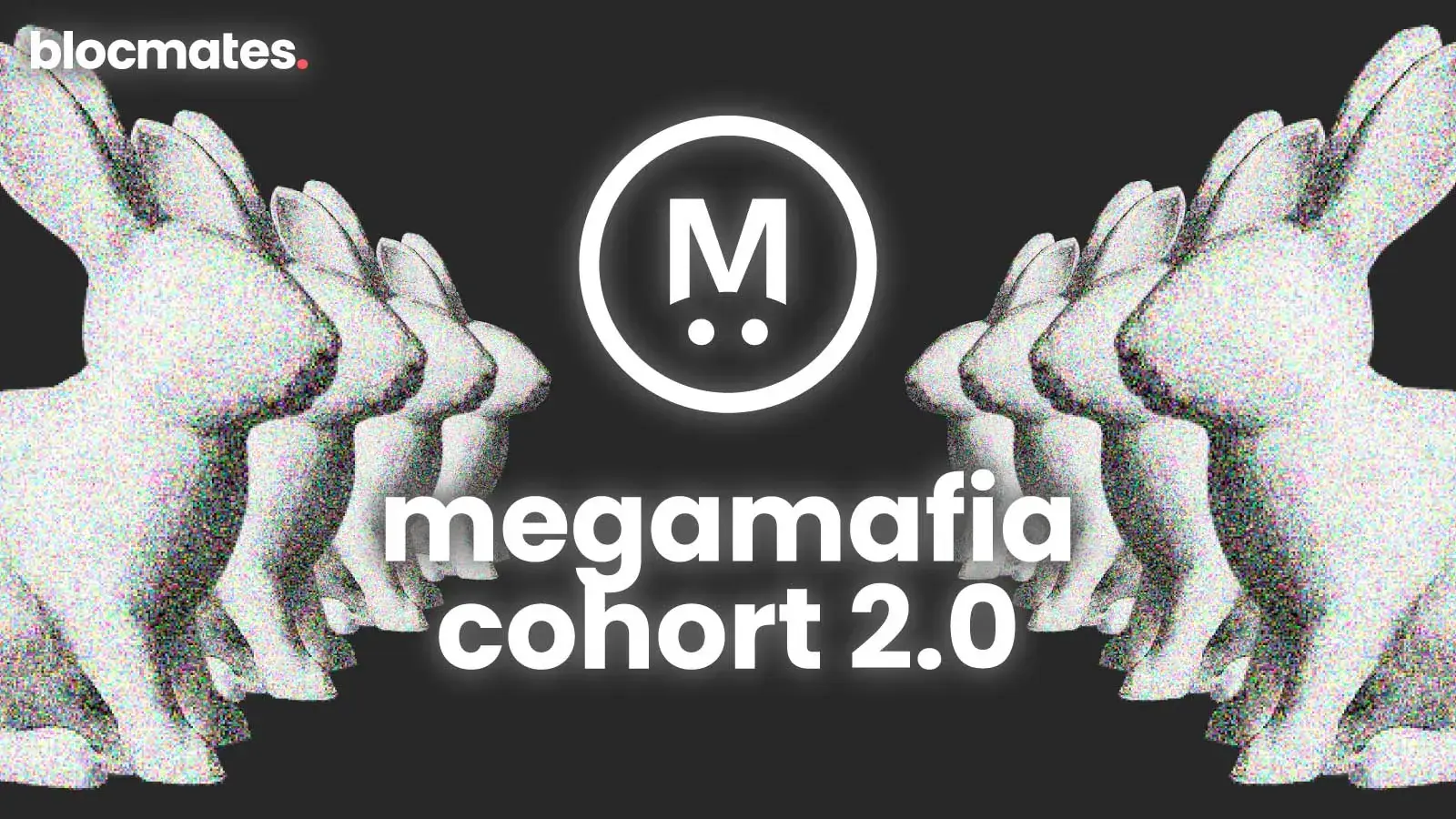
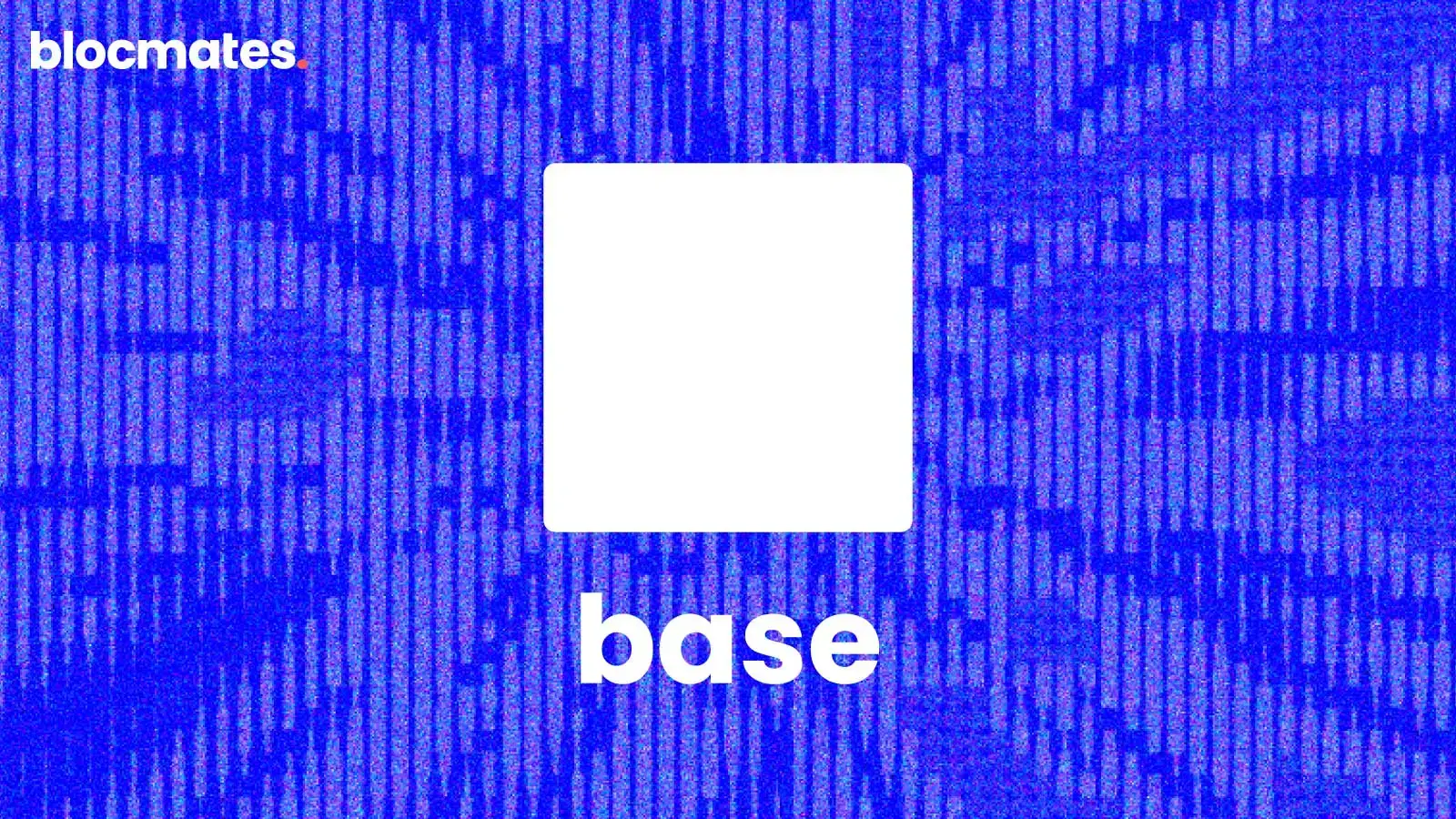
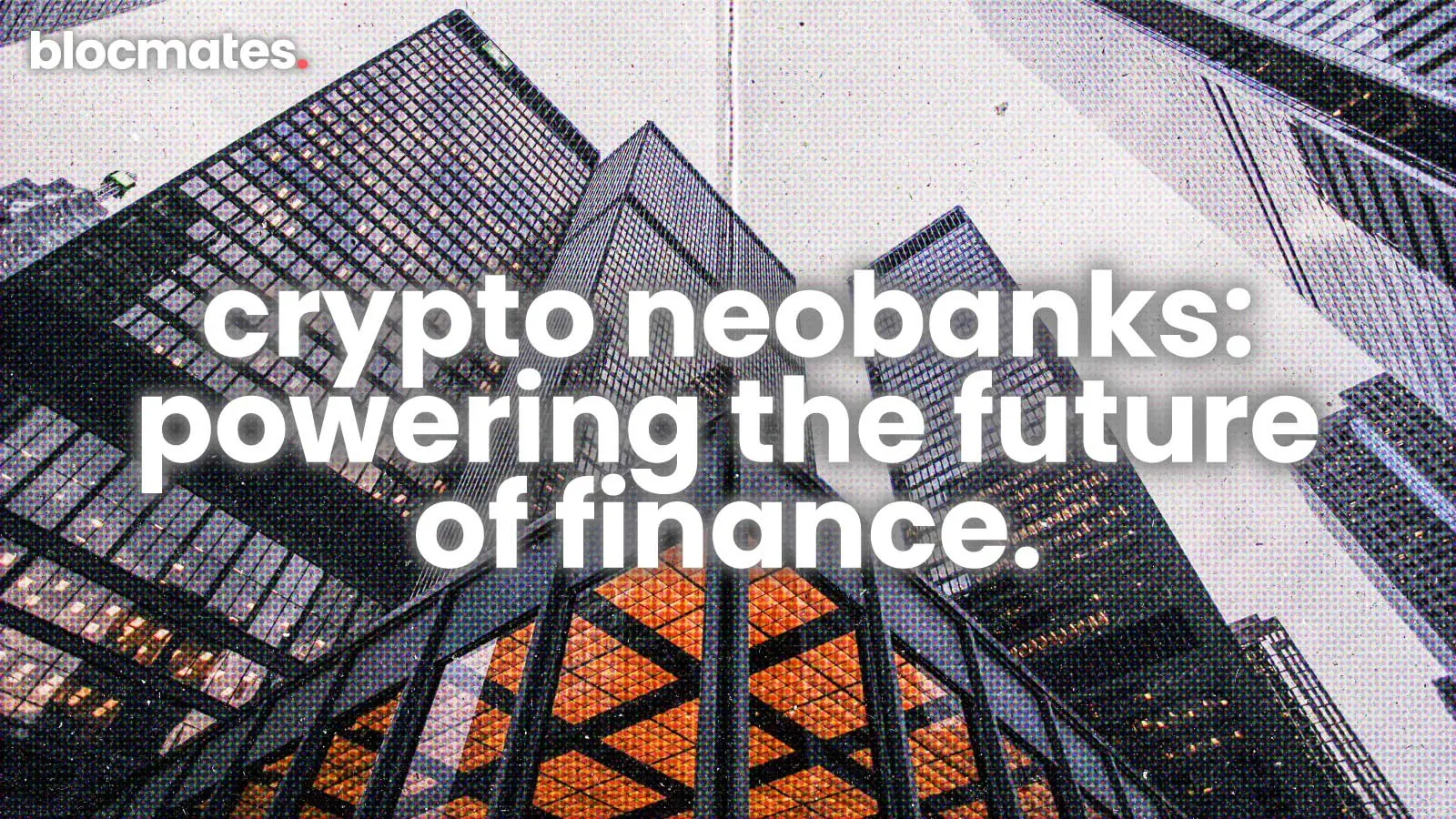


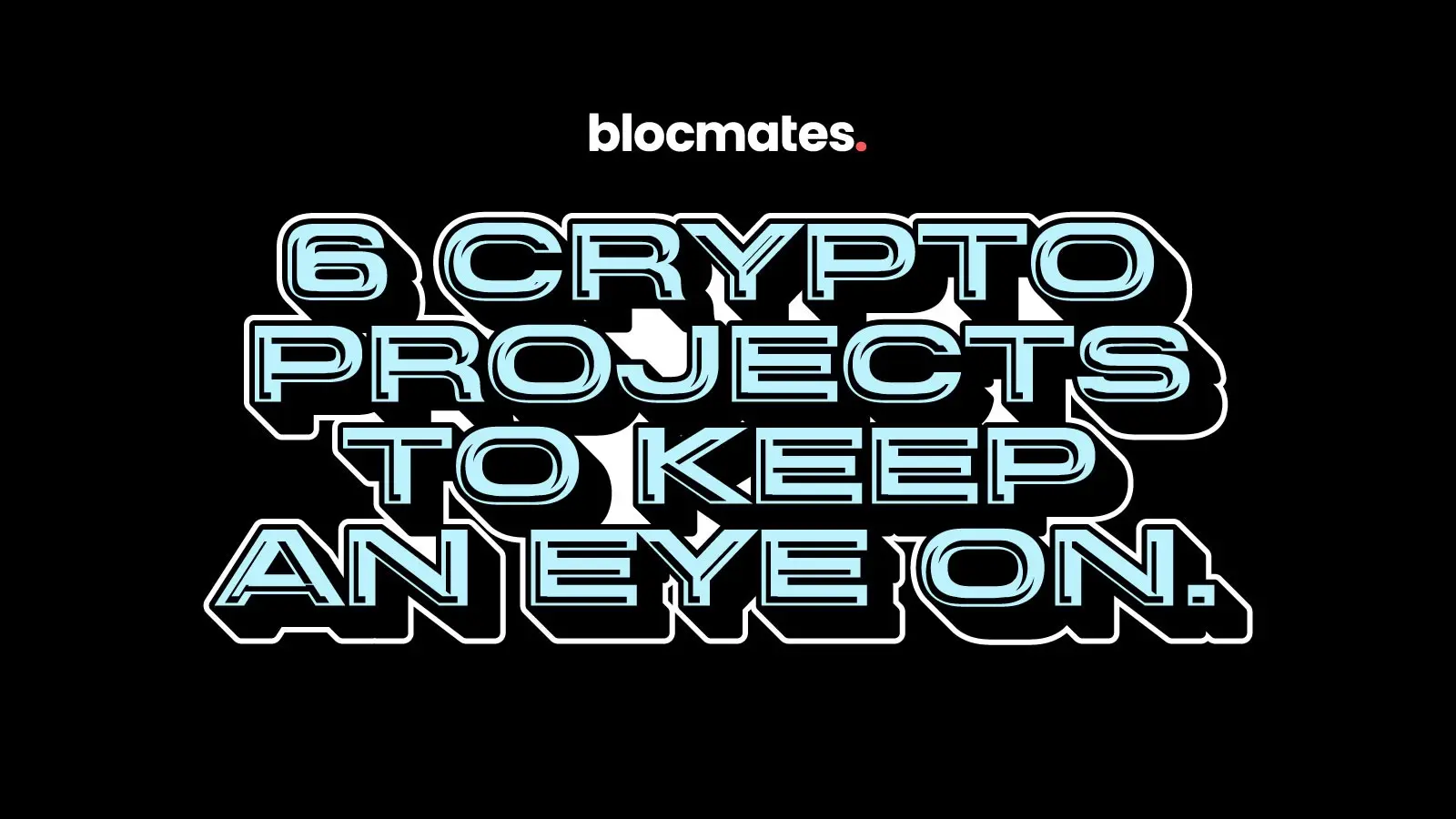
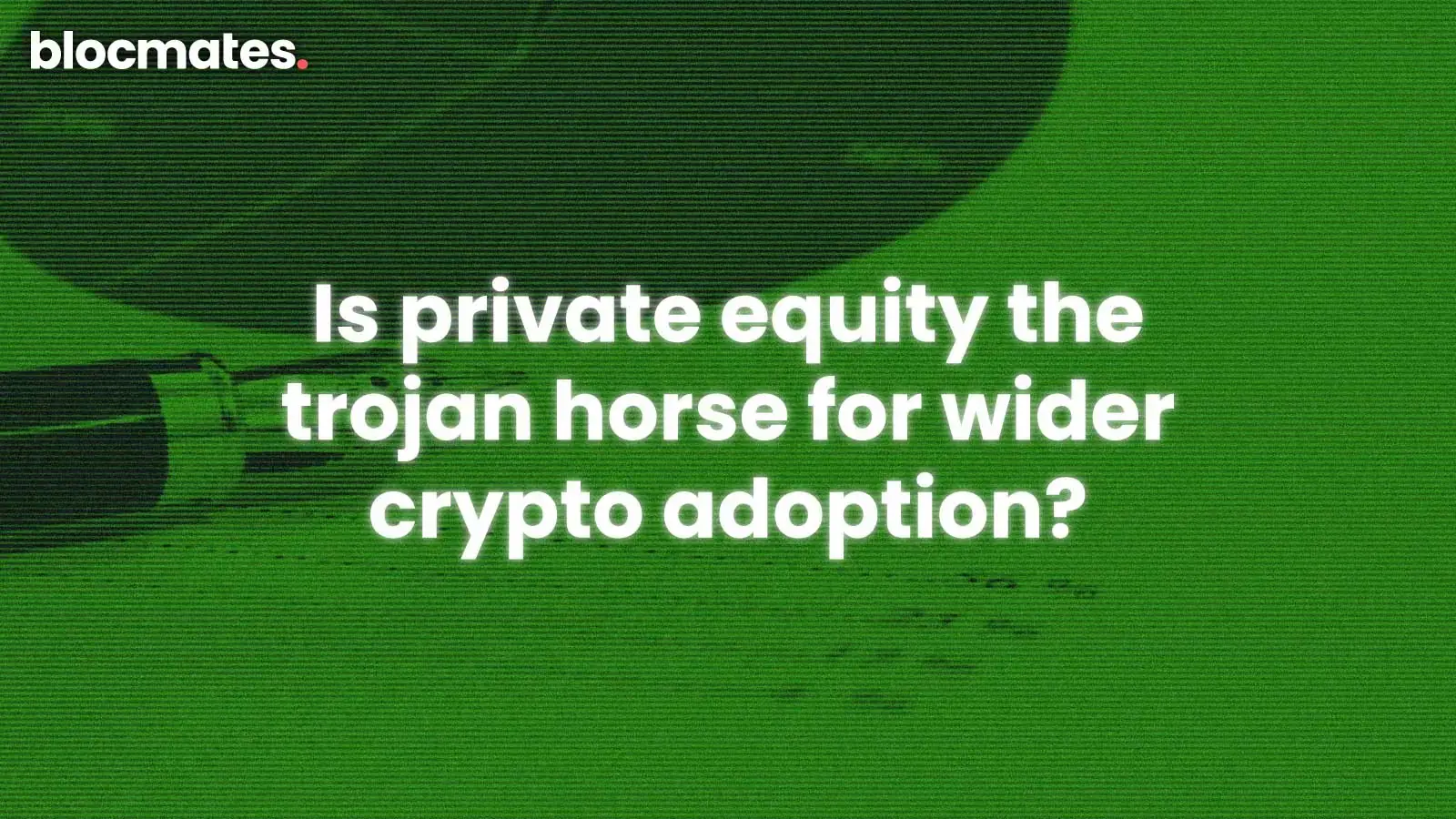
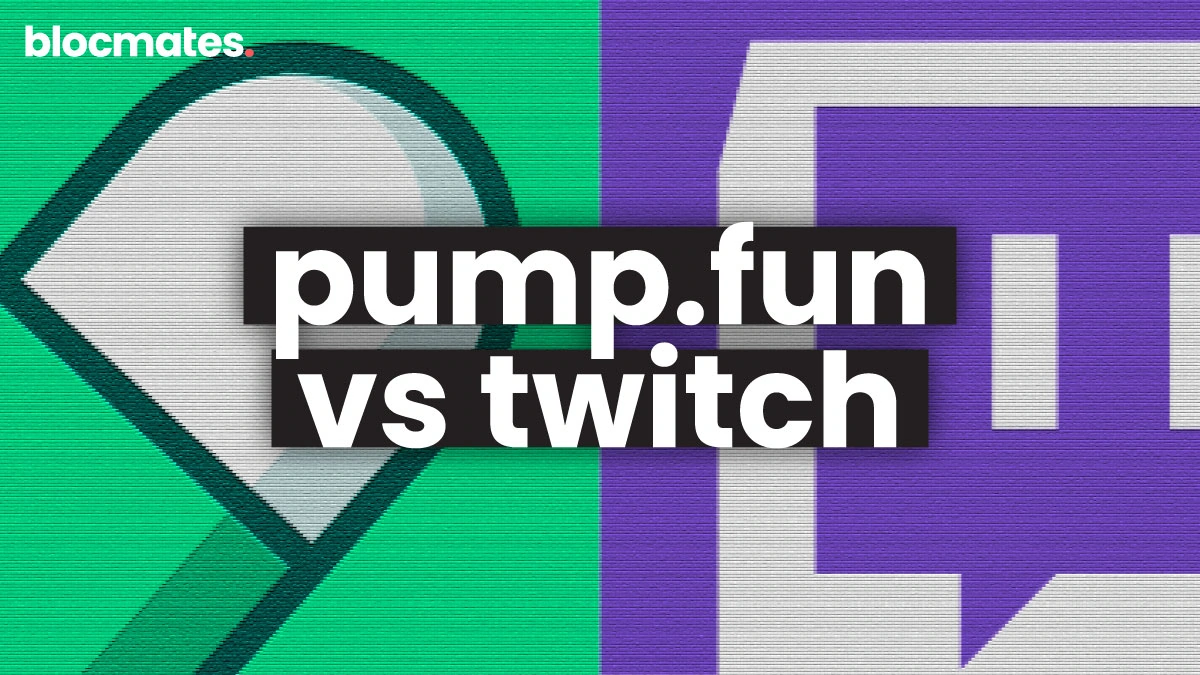

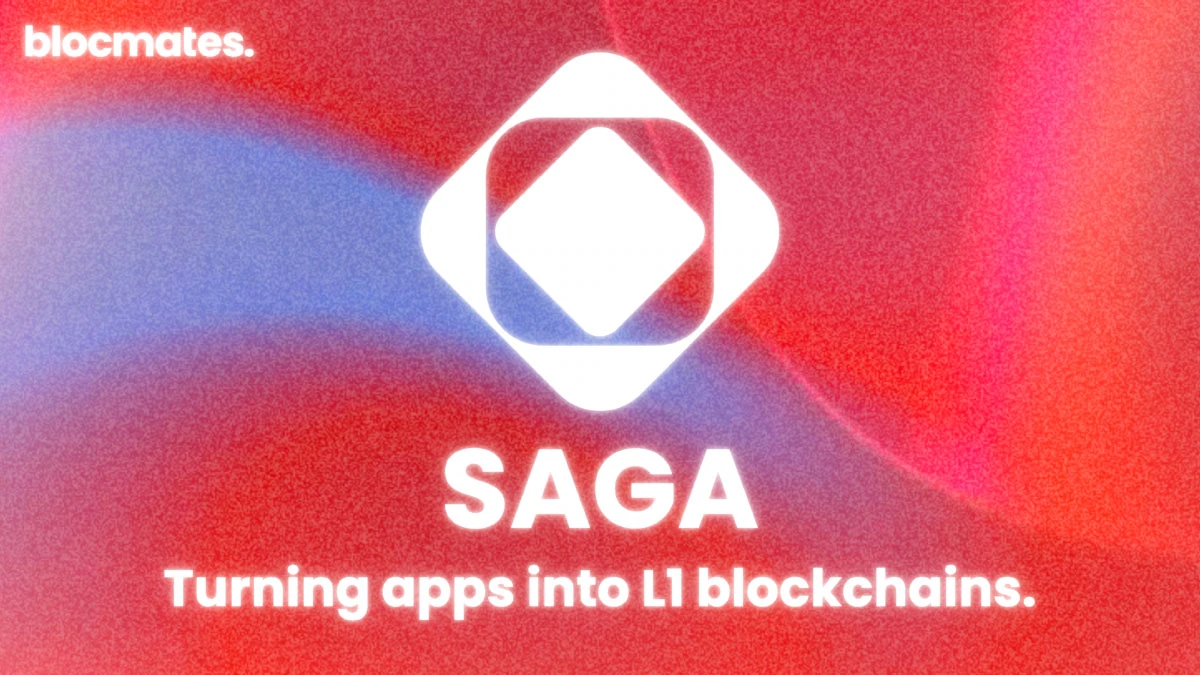



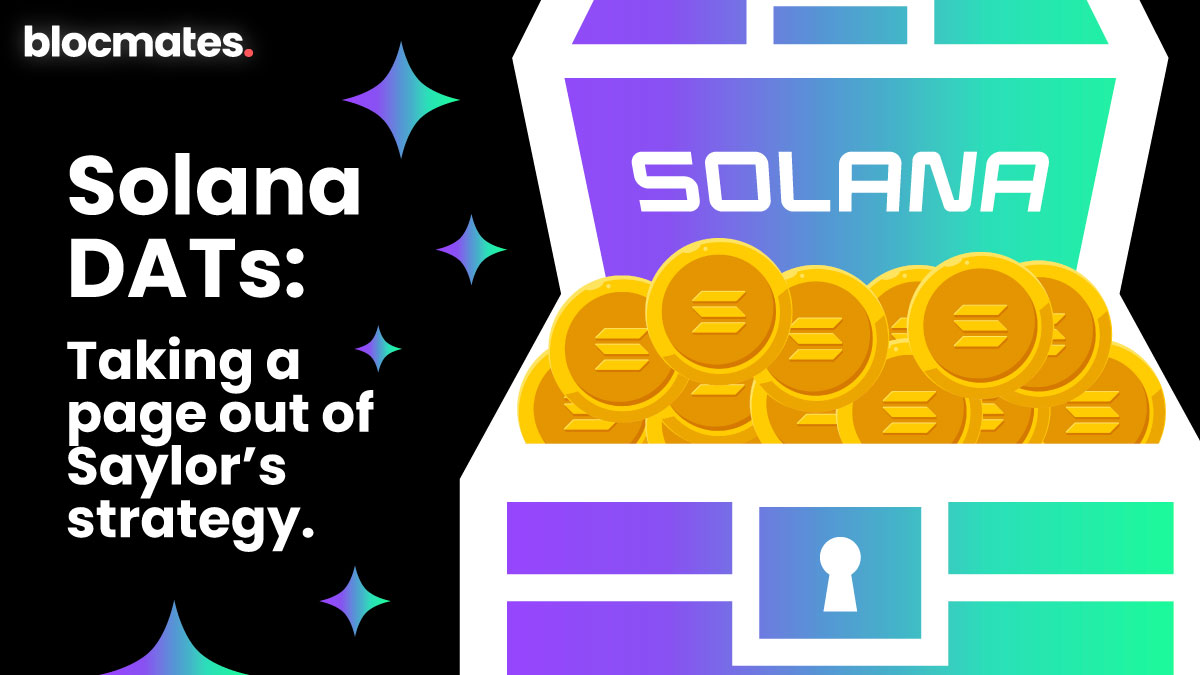

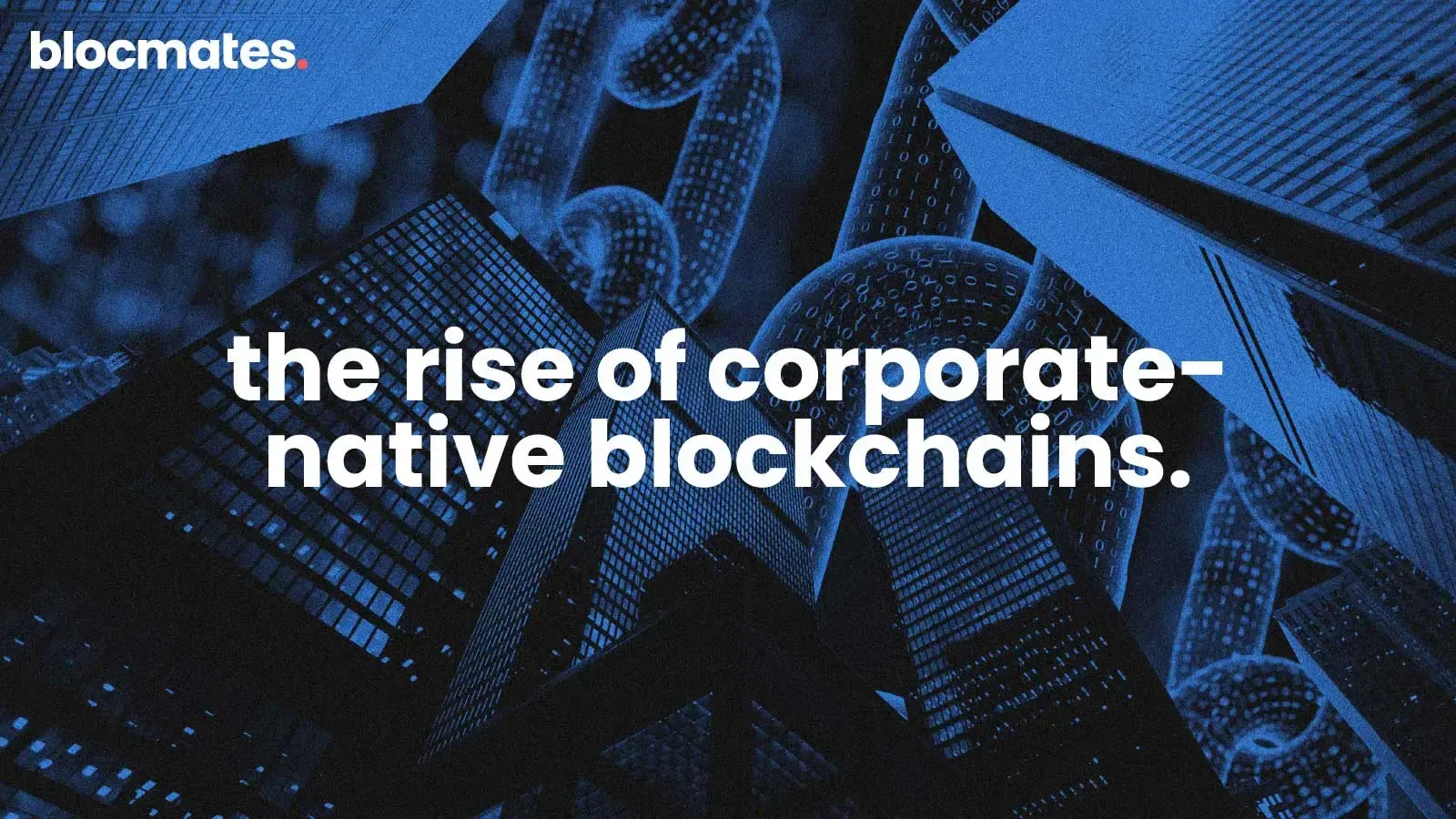
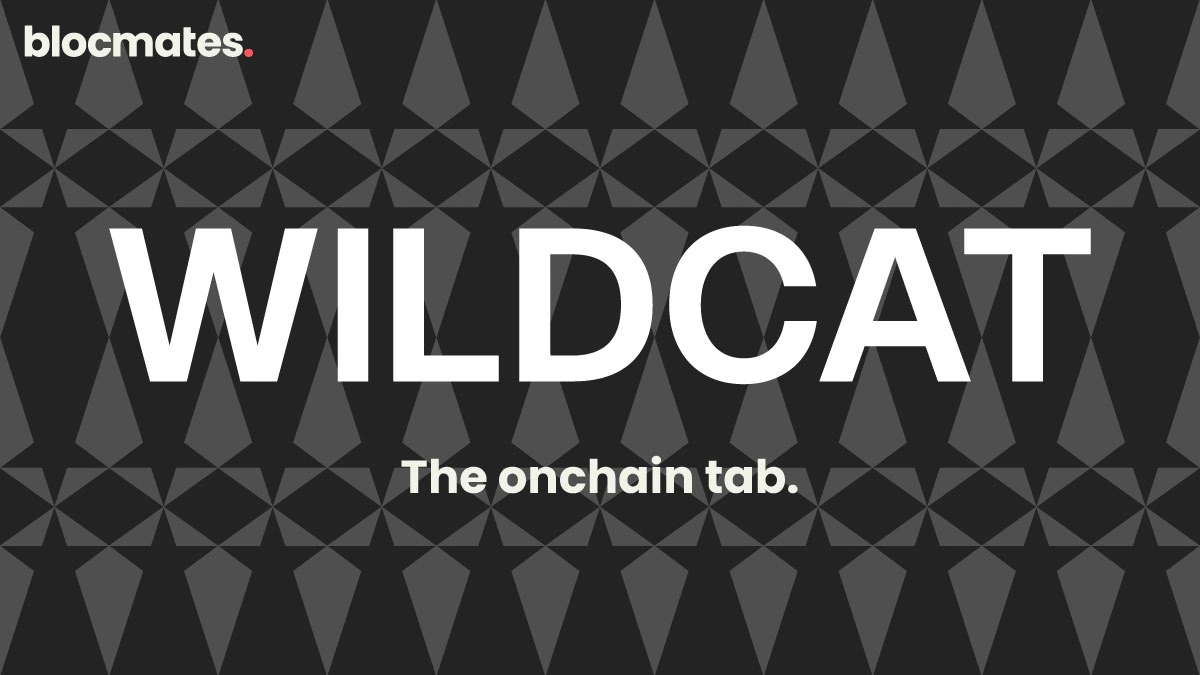


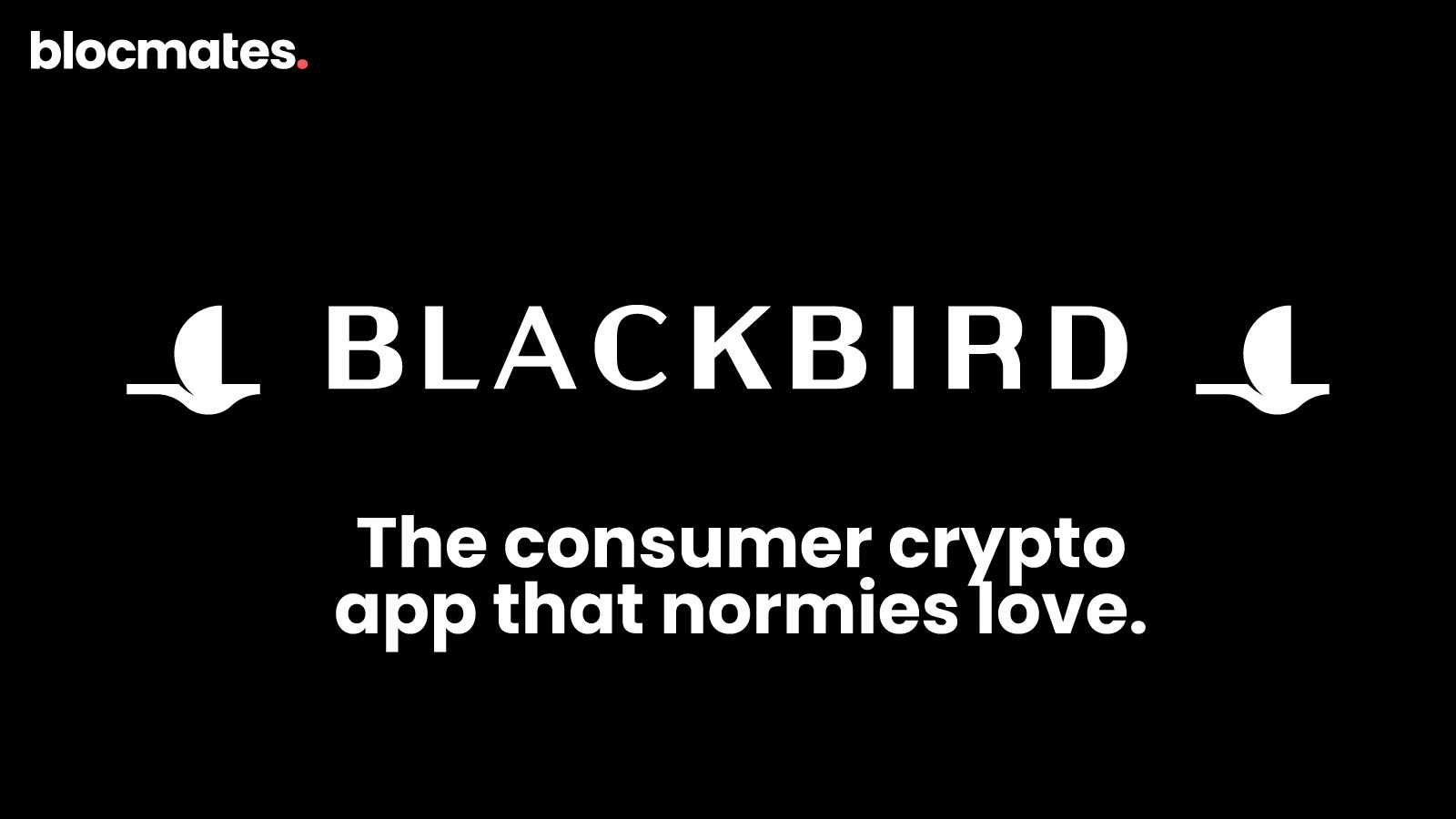





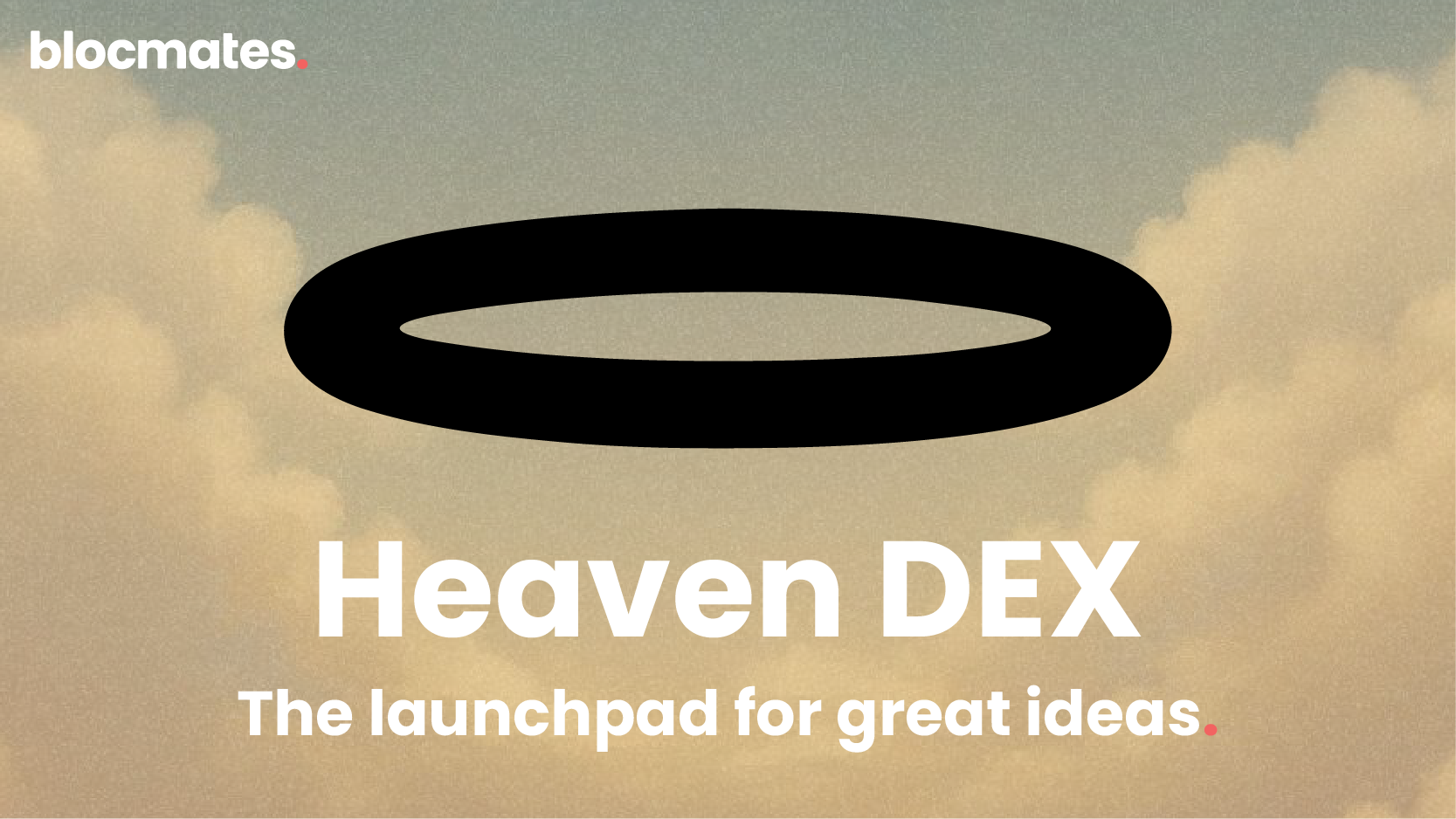
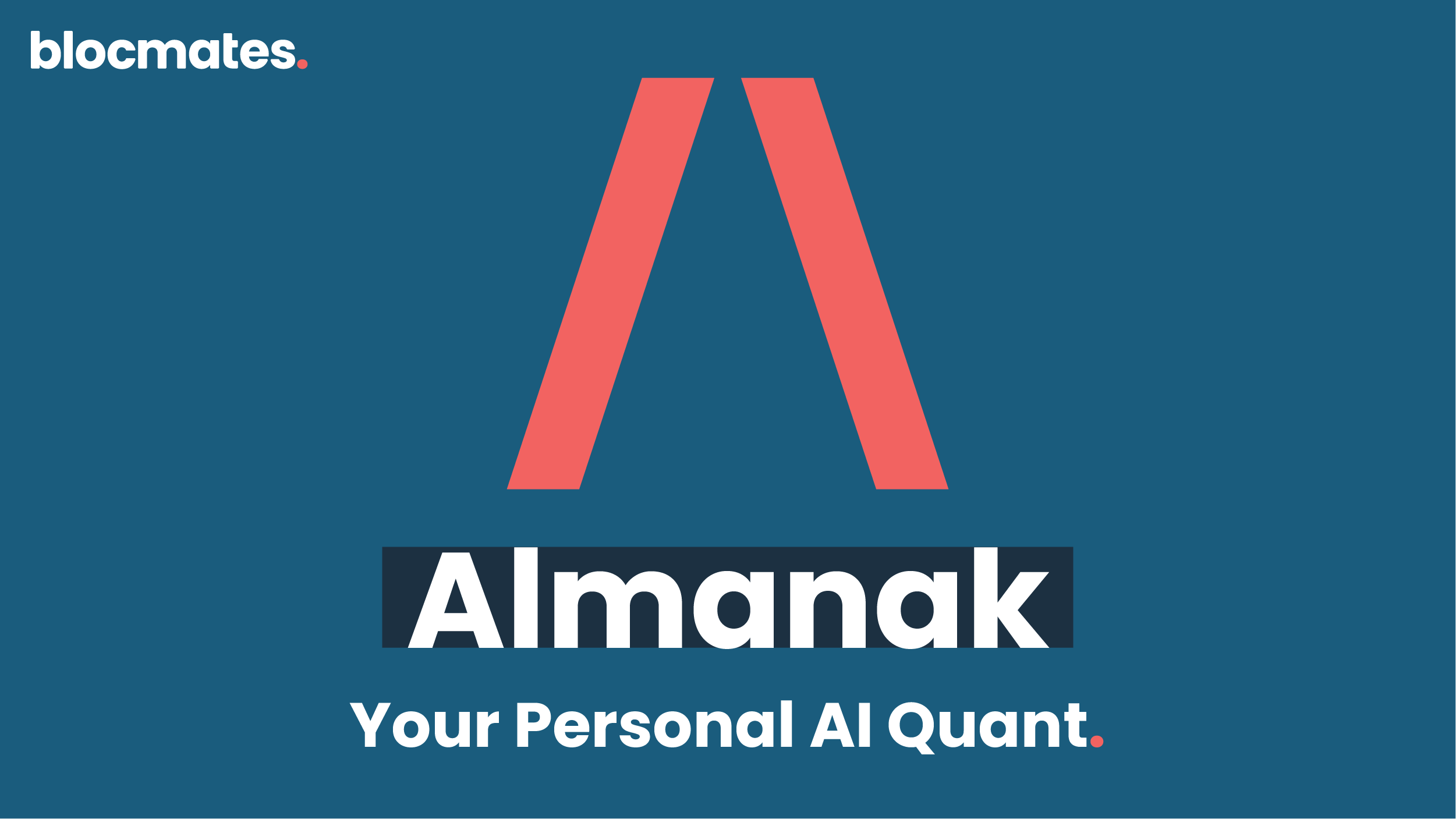
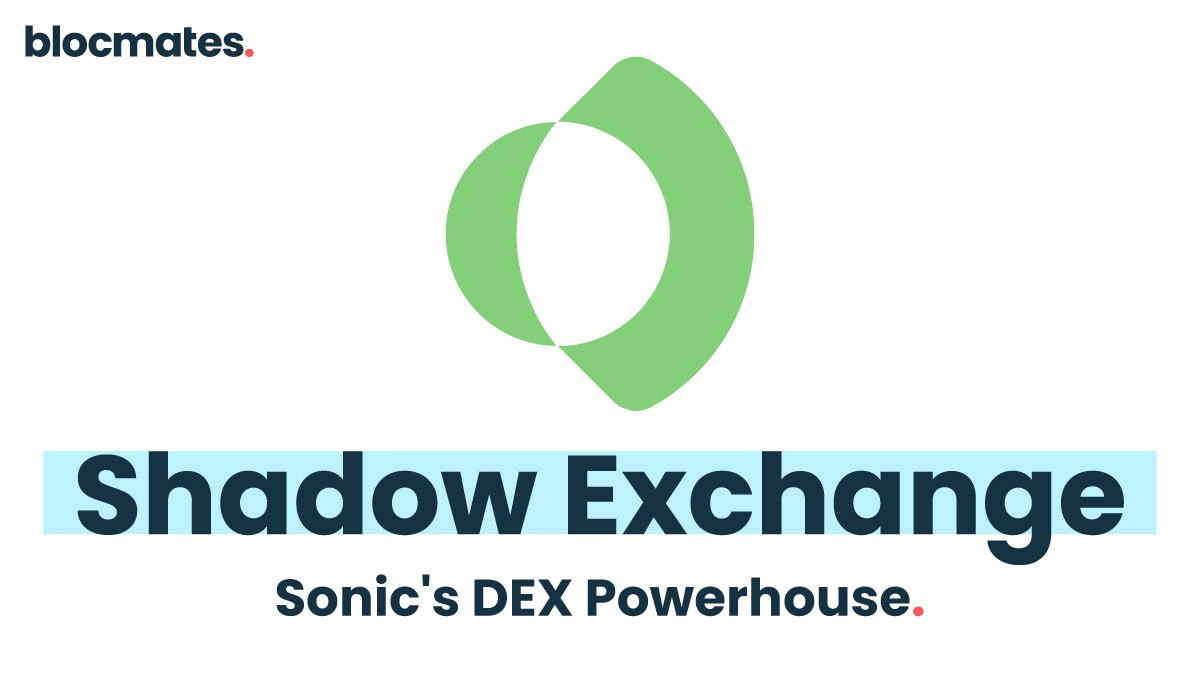
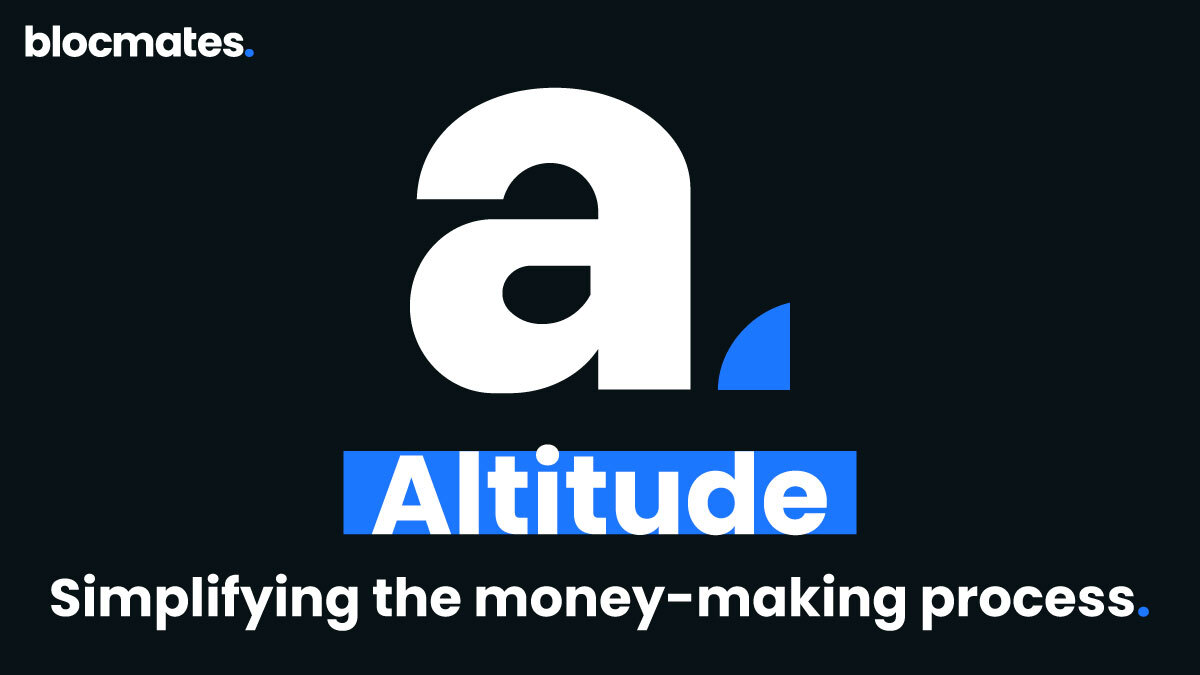

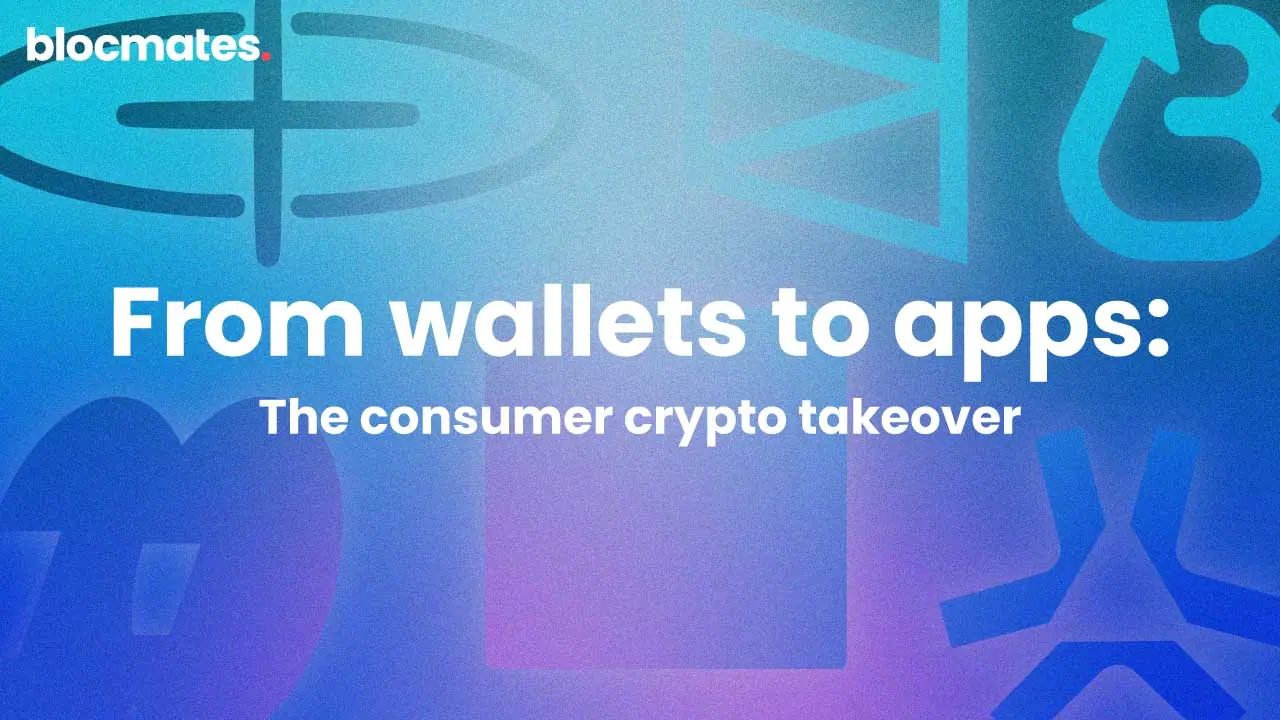
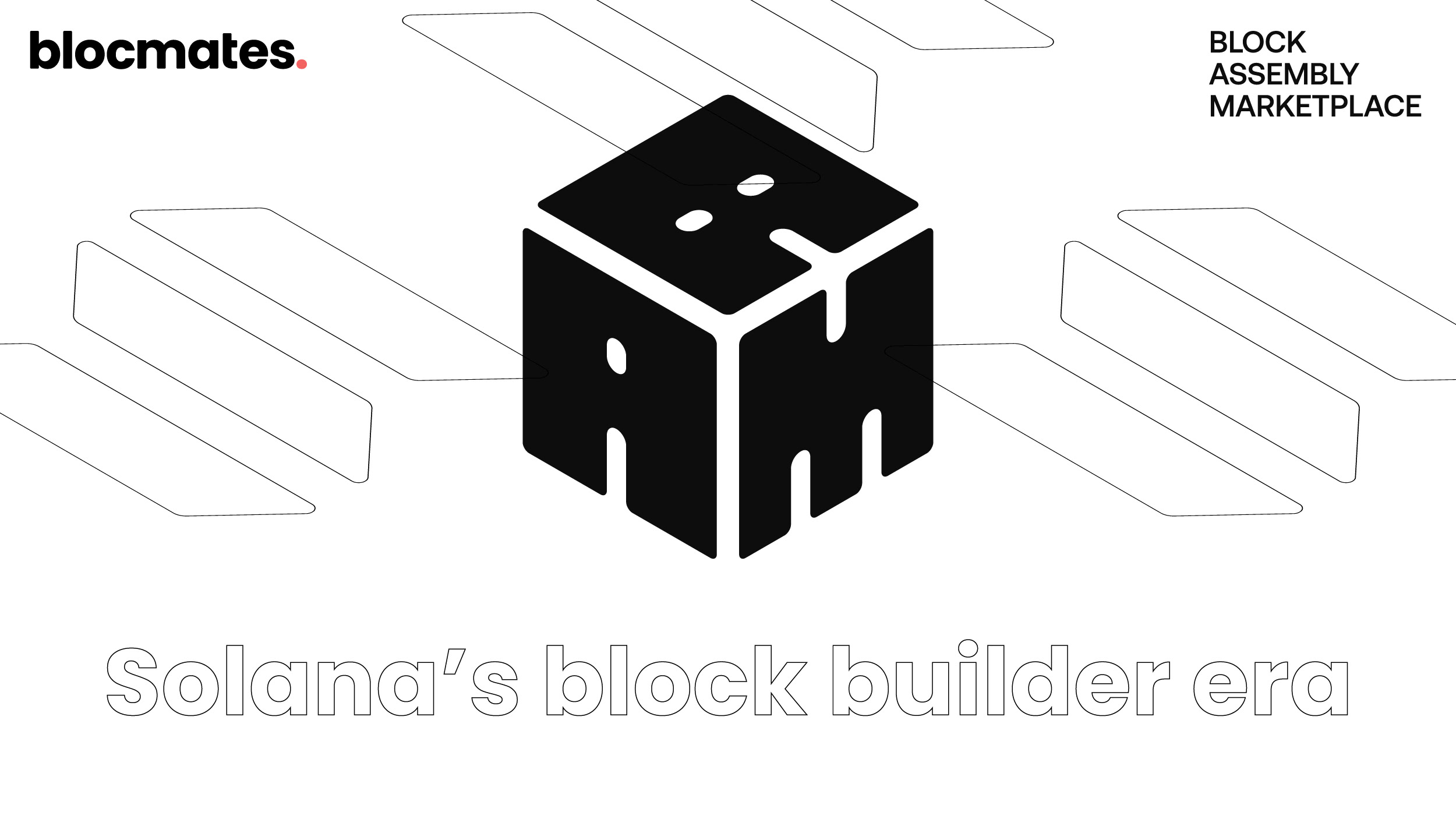

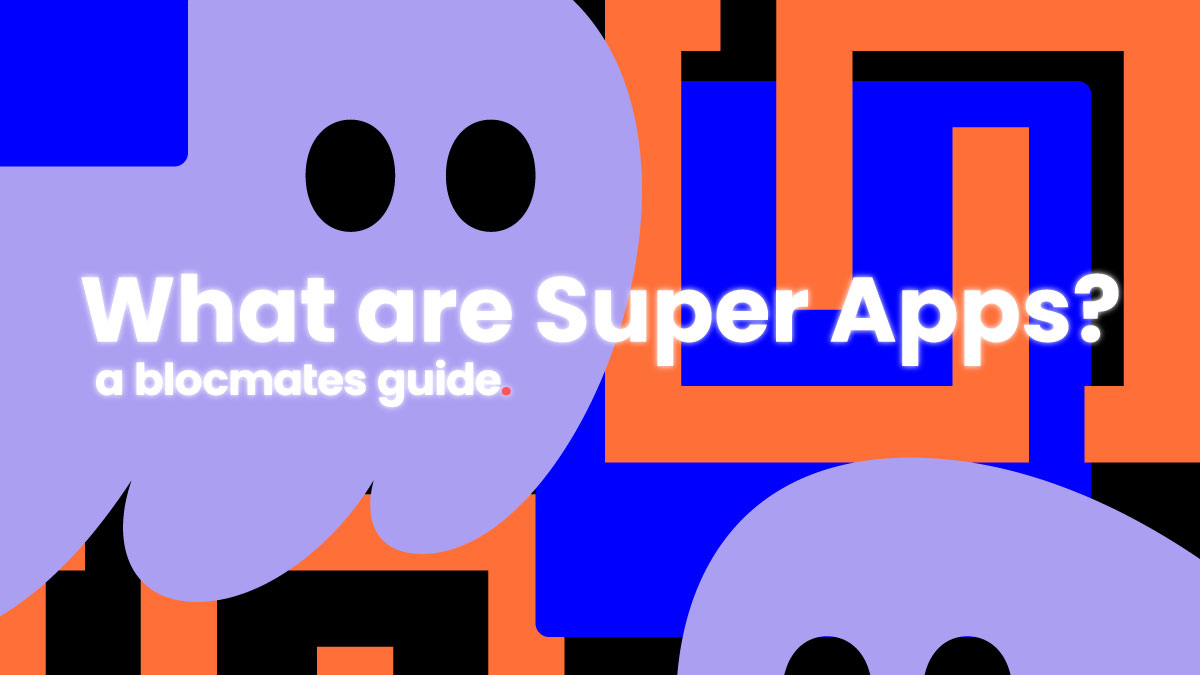

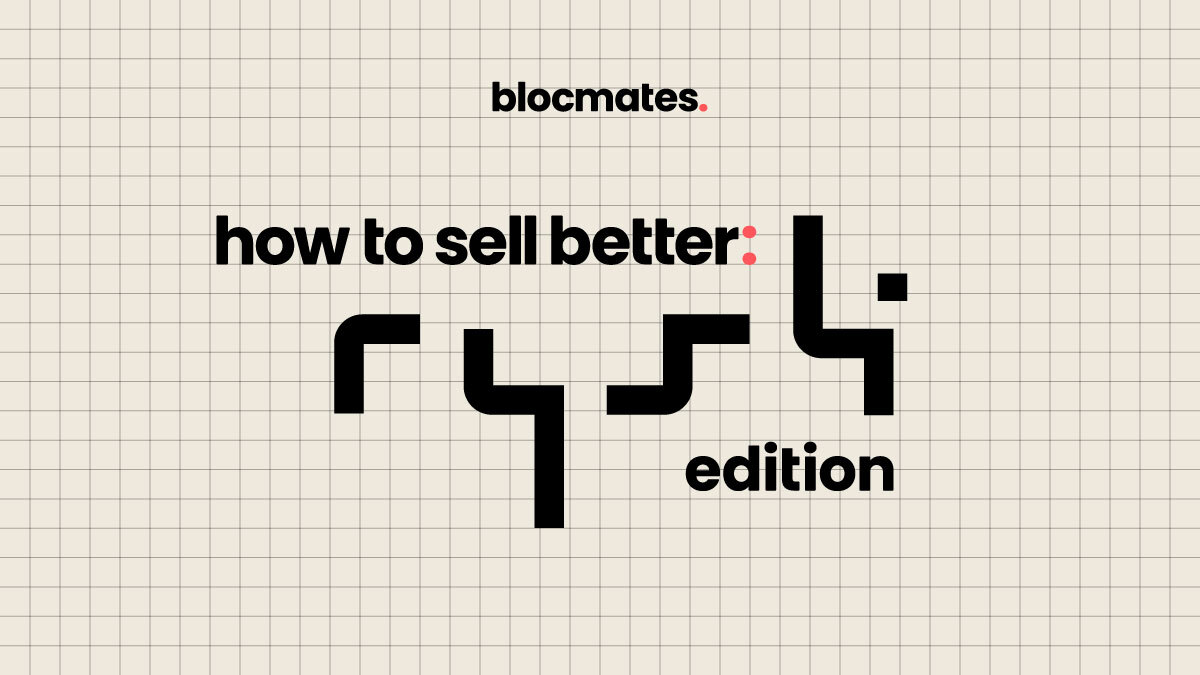























%202.webp)


.webp)

.webp)
.webp)
.webp)


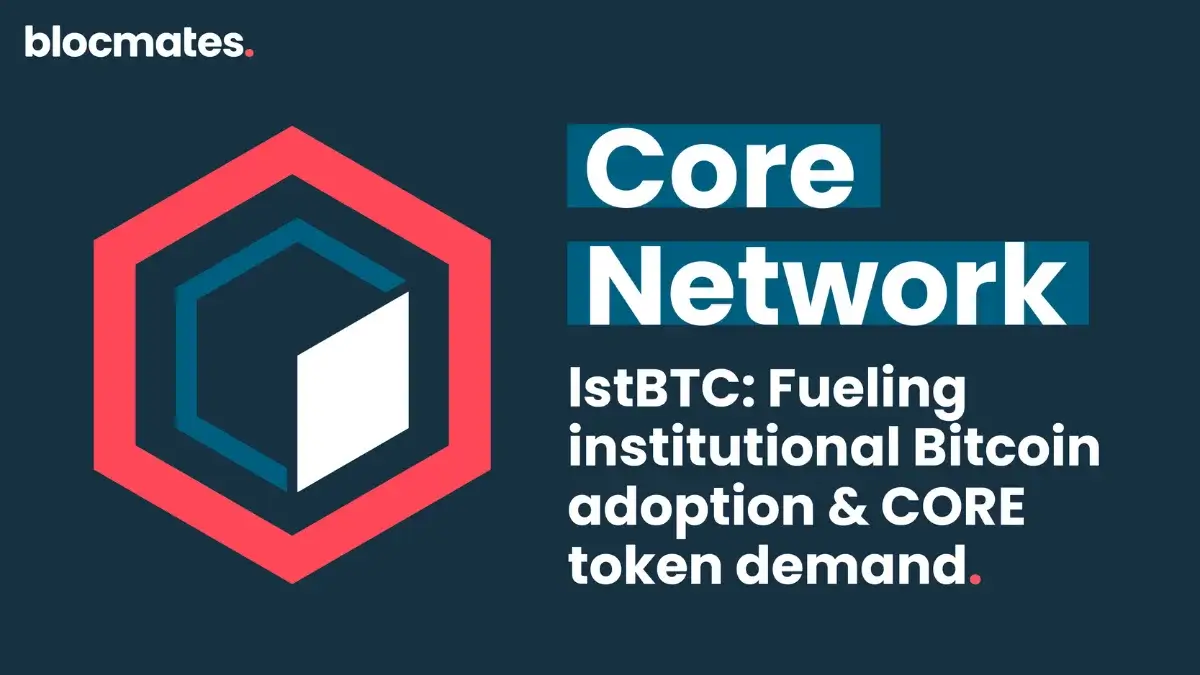
.webp)

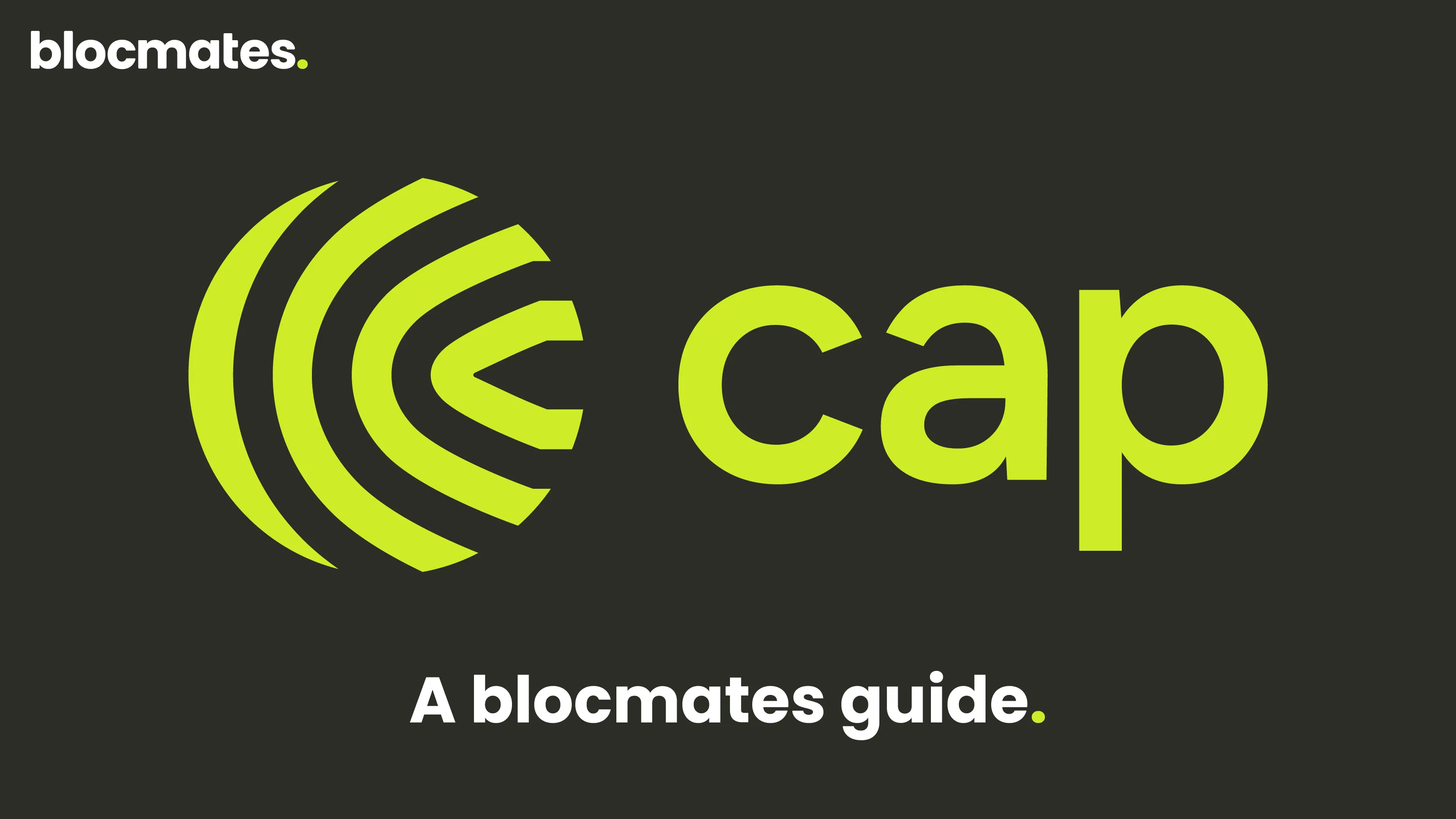










%20the%20Next%20Big%20Unlock%20in%20AI.webp)










.webp)
.webp)

.webp)
.webp)
.webp)


.webp)
.webp)










.webp)


.webp)









.webp)







.webp)




.webp)









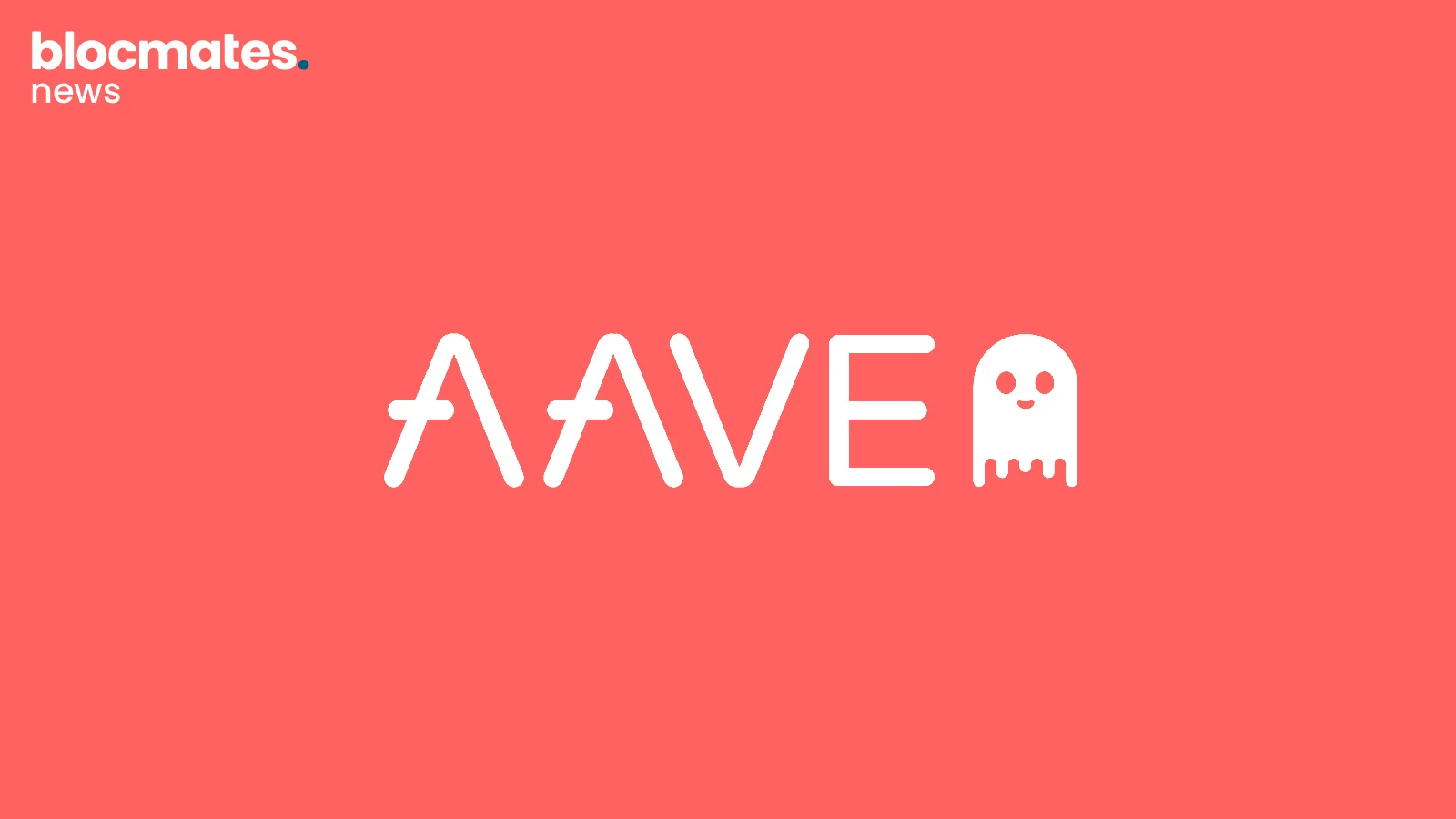

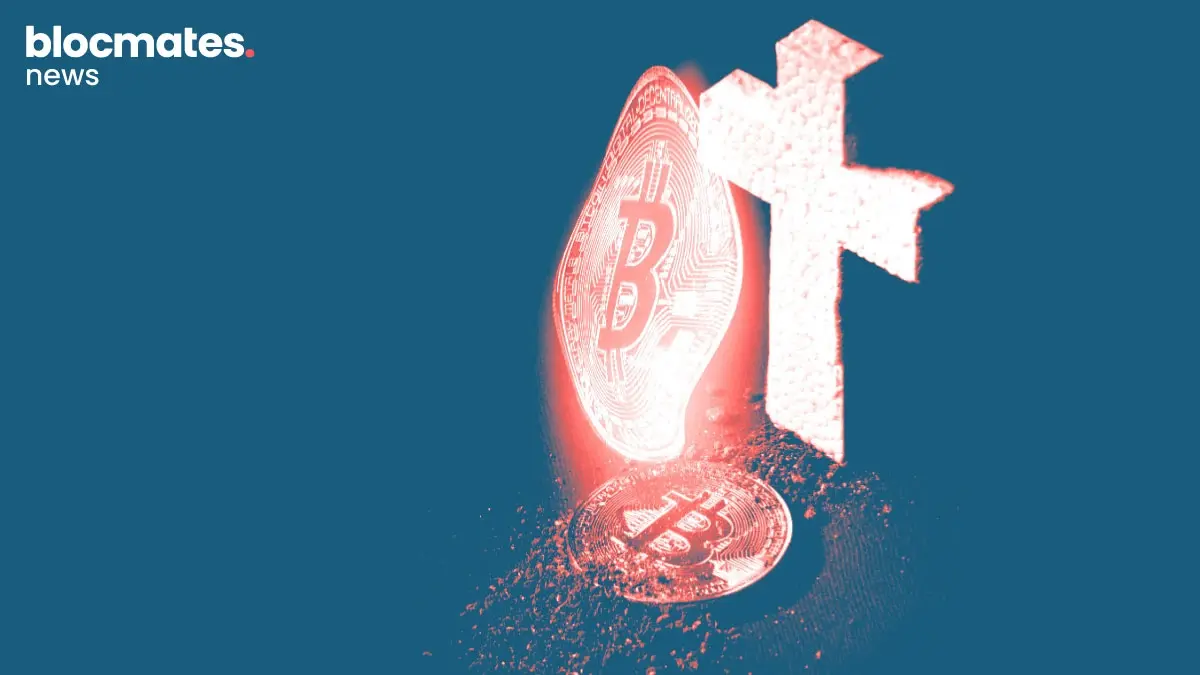

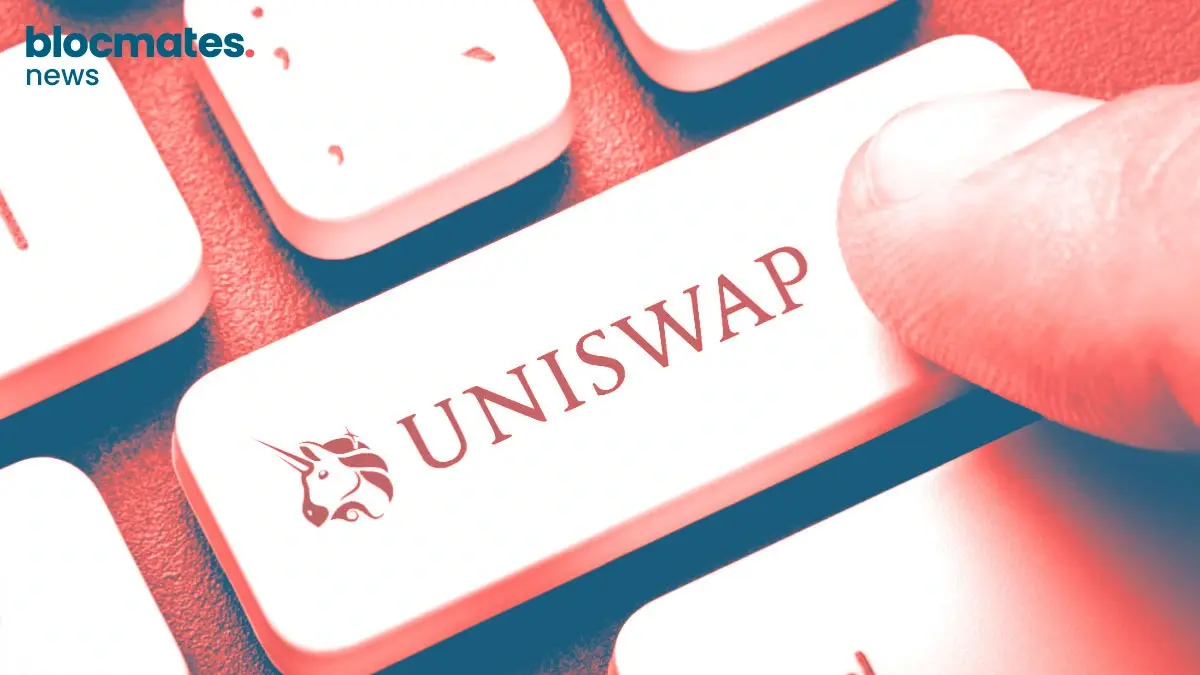

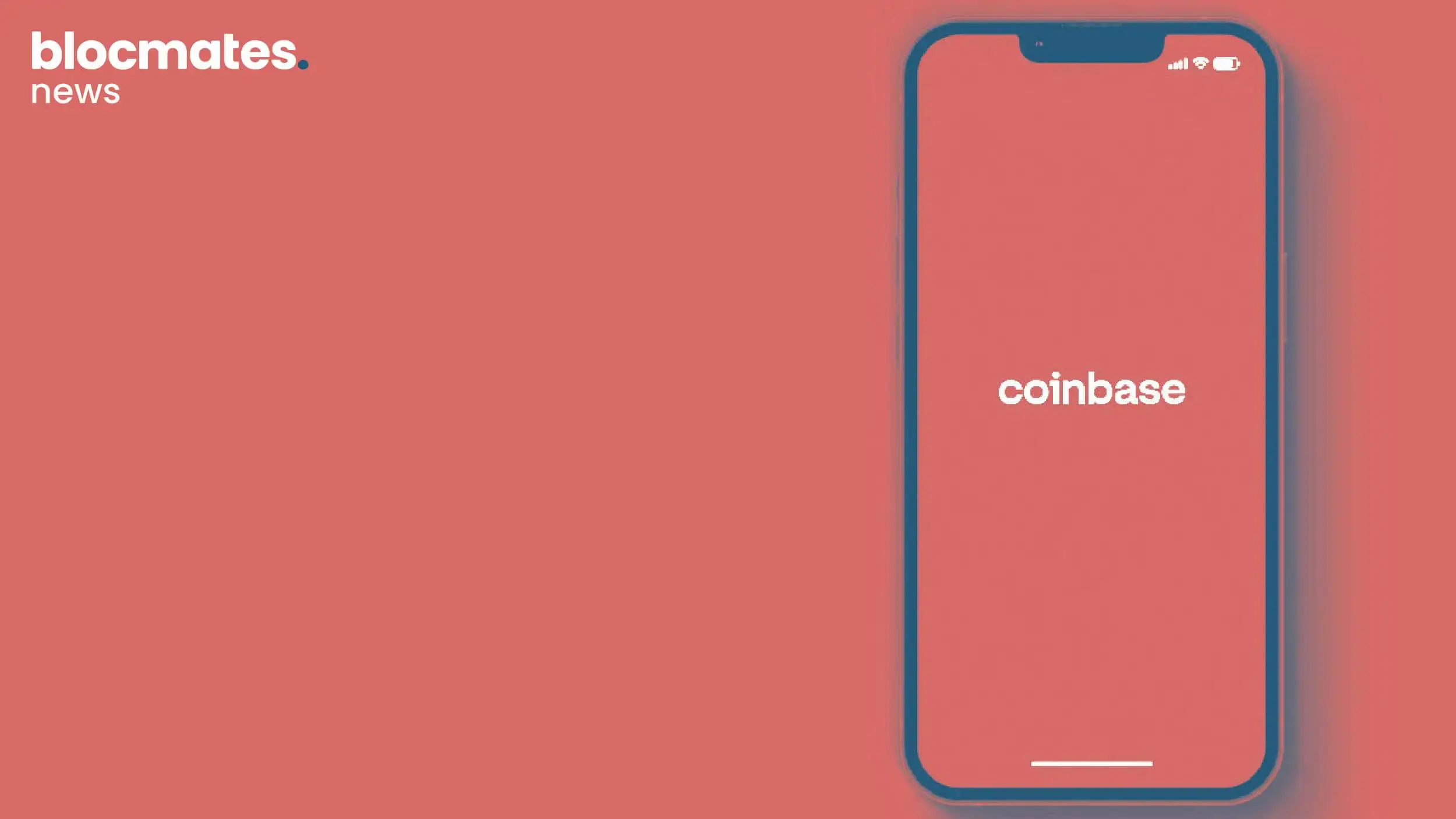




.webp)







.webp)


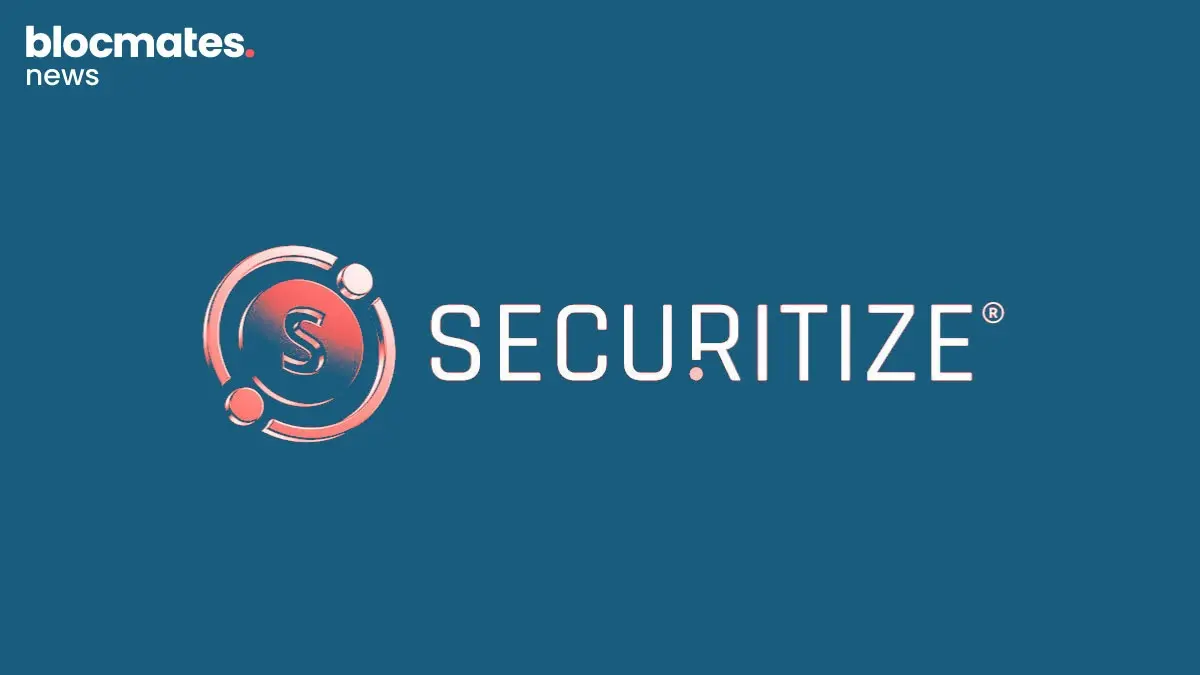

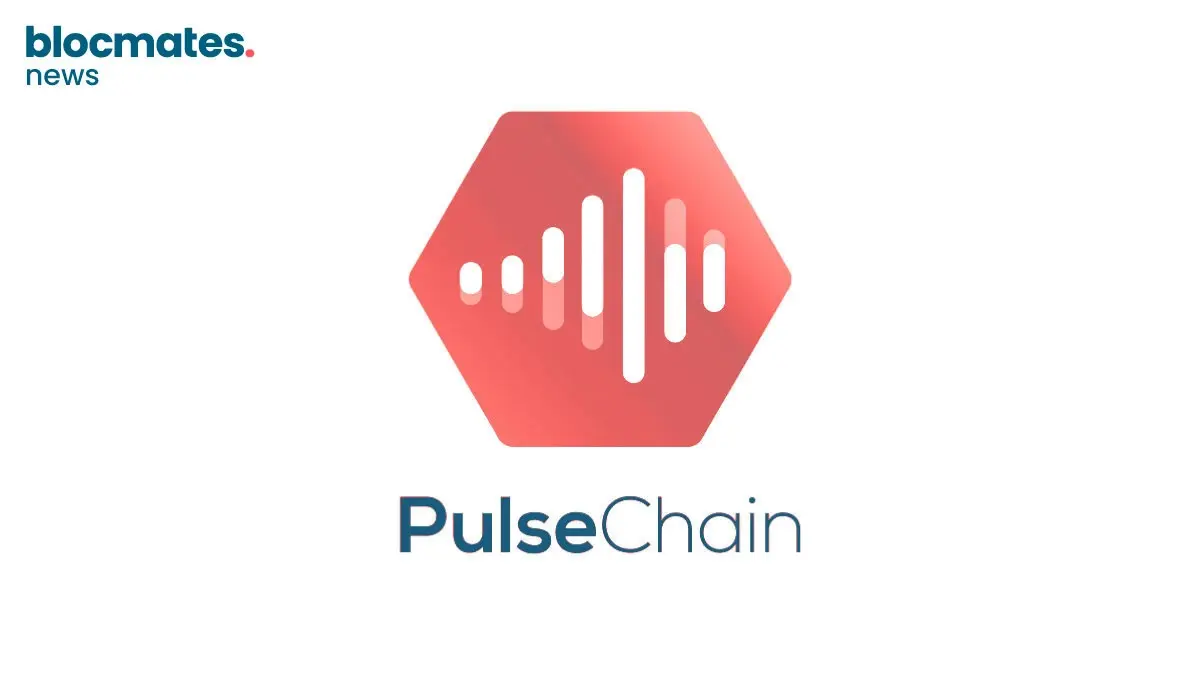
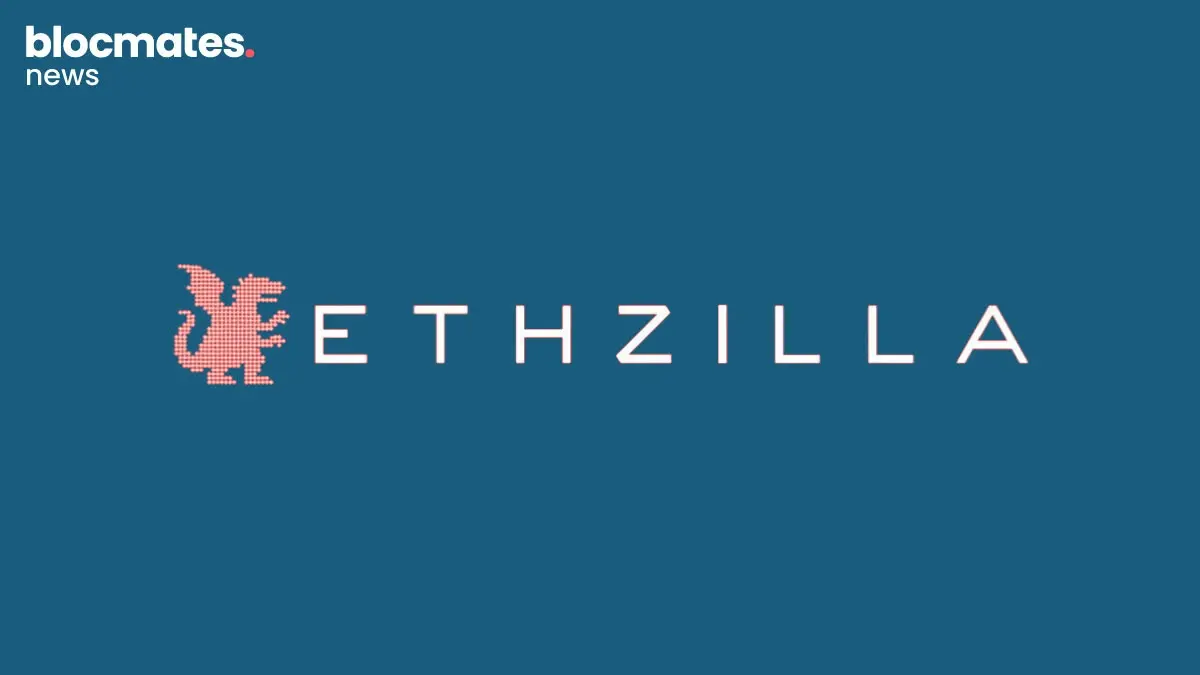
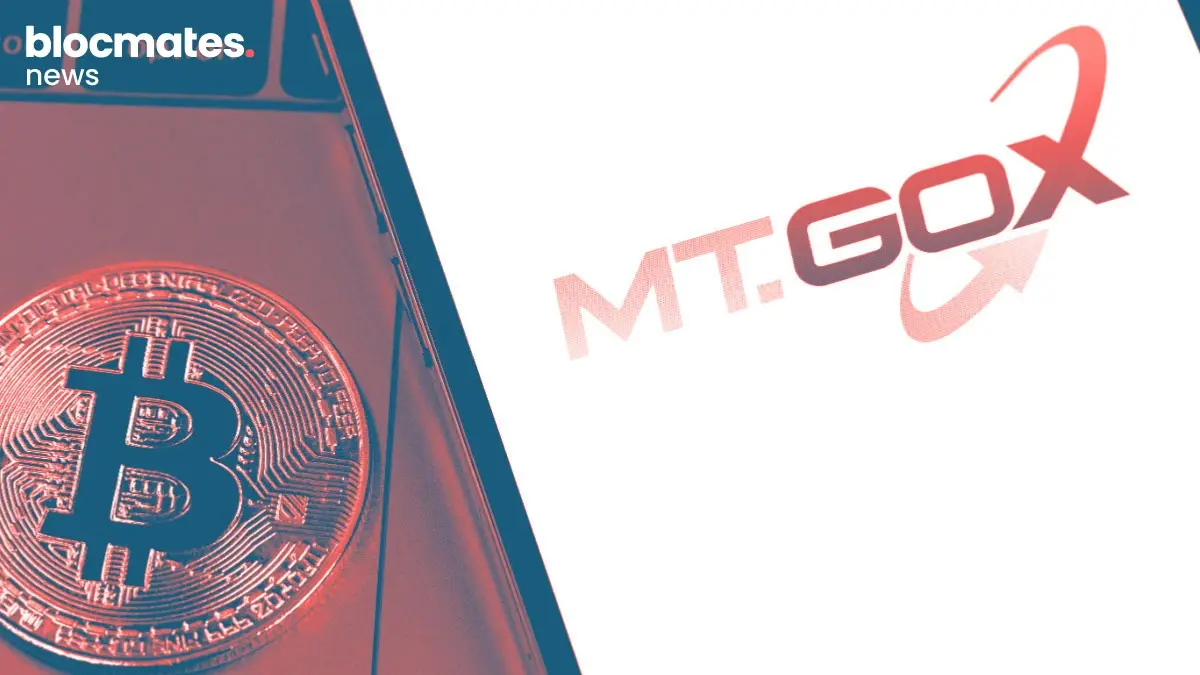

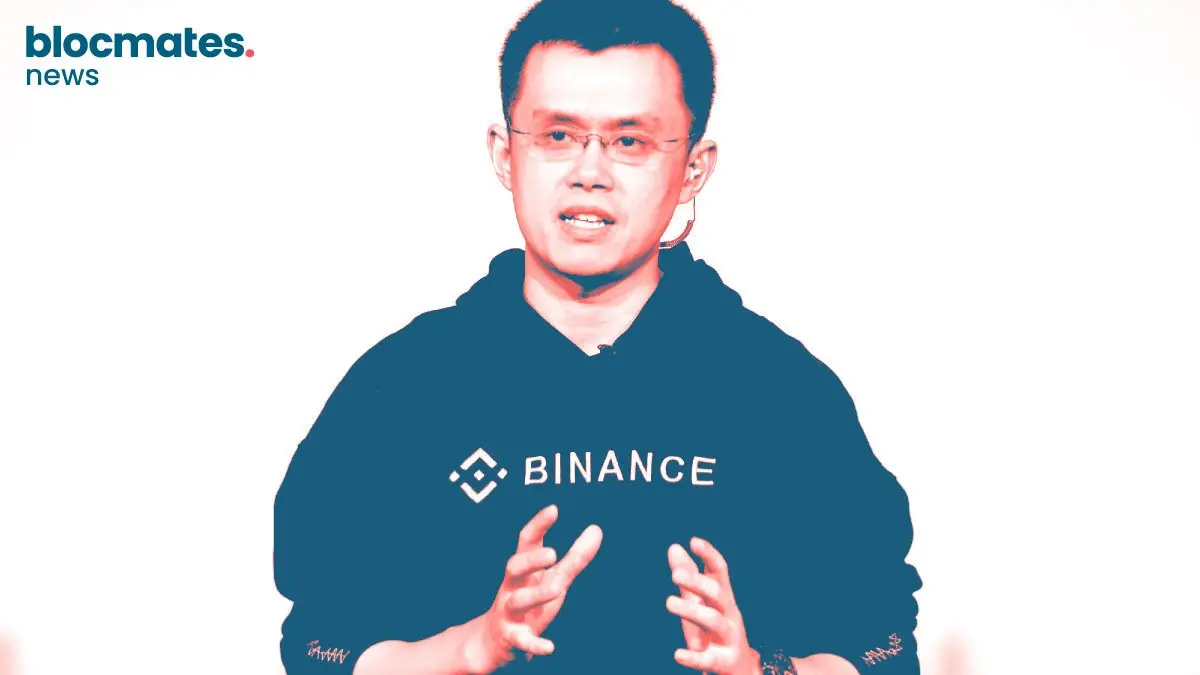


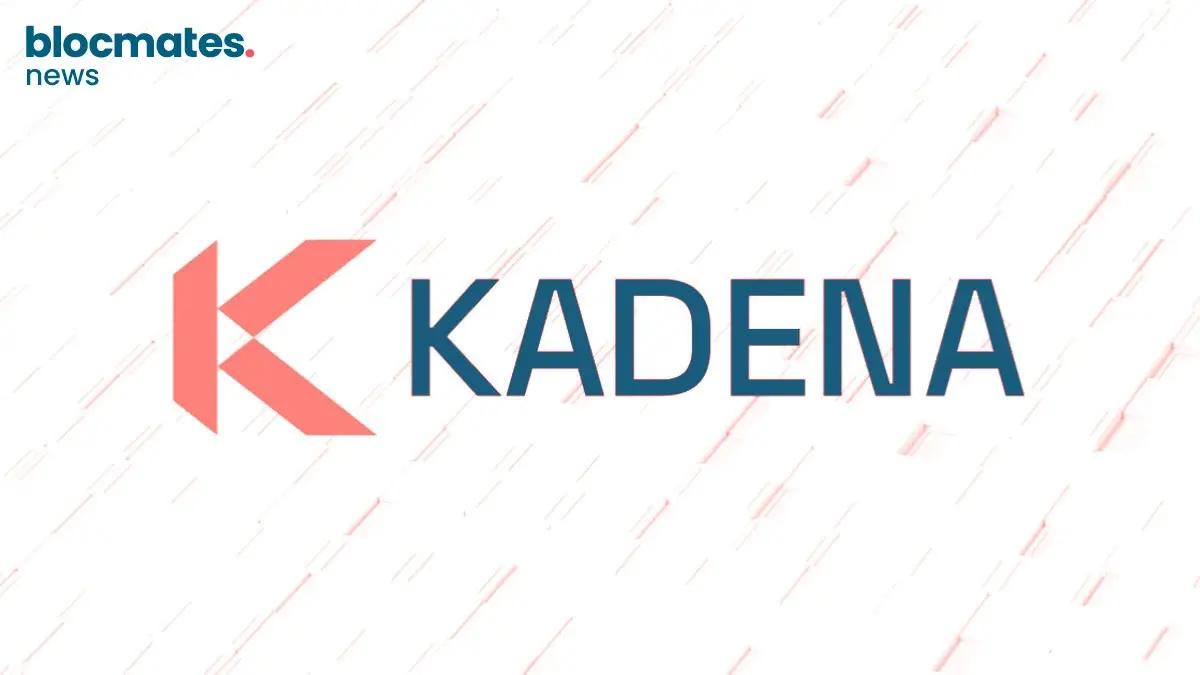

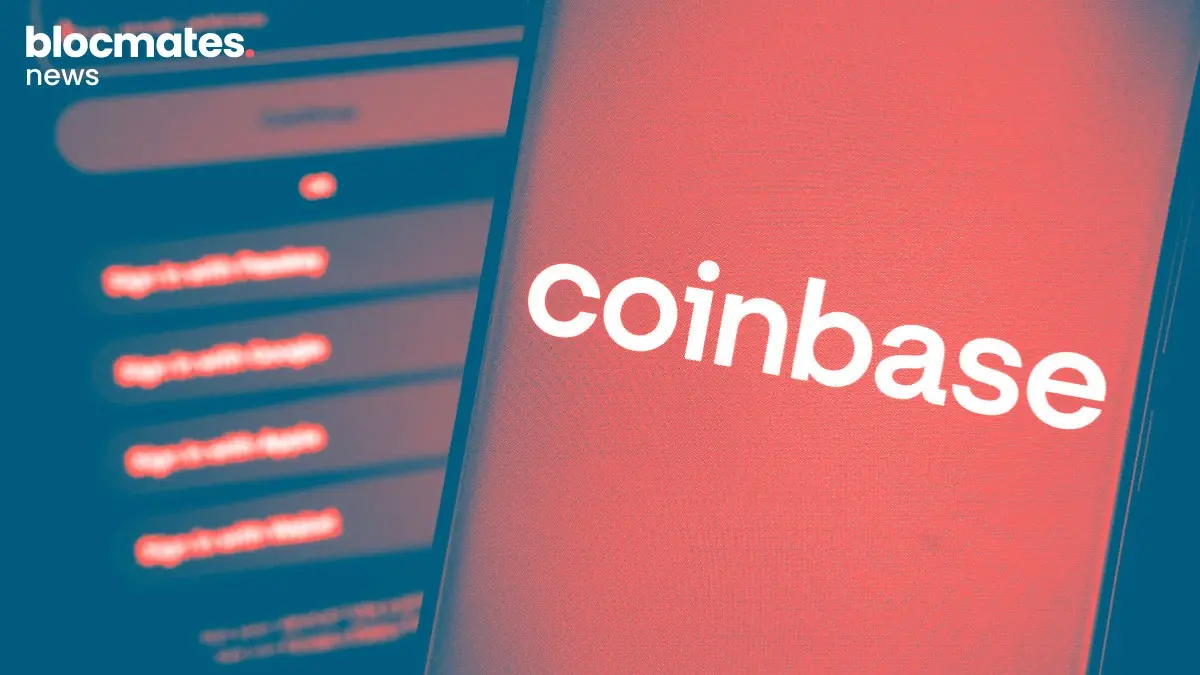

.webp)
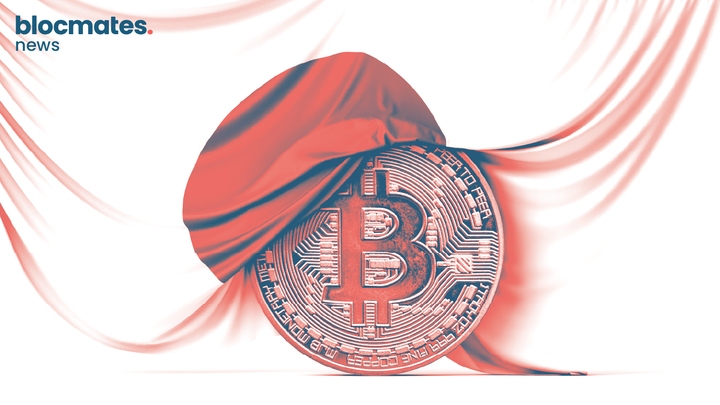
.webp)
.webp)

.webp)


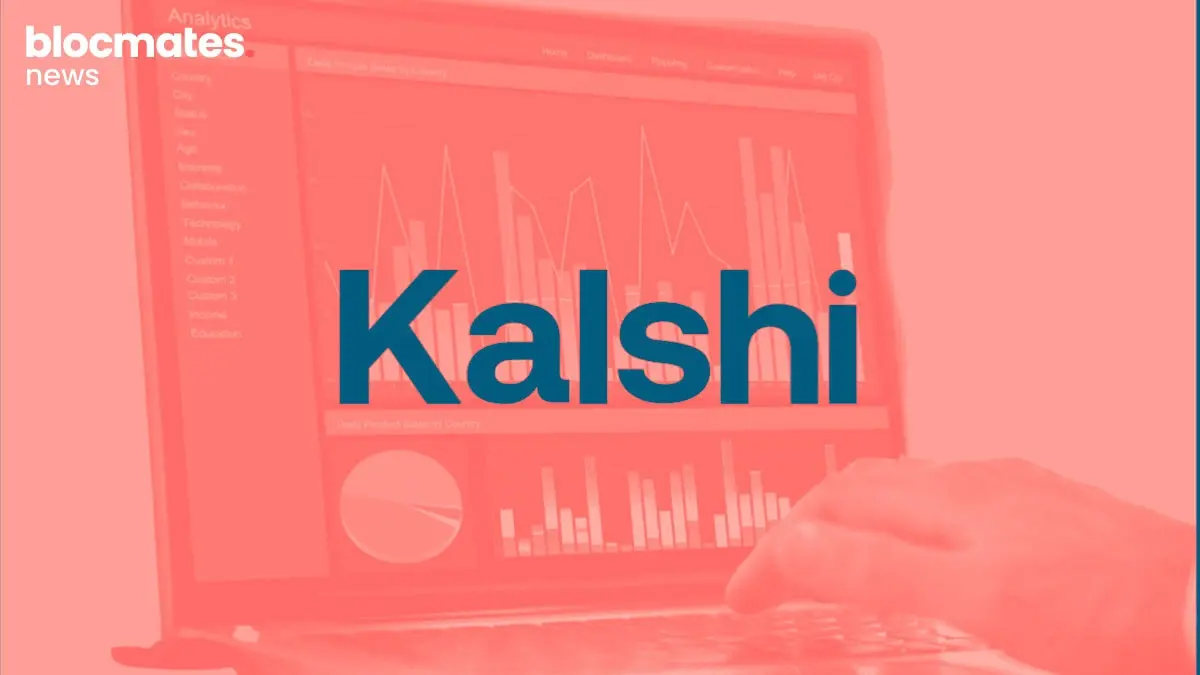
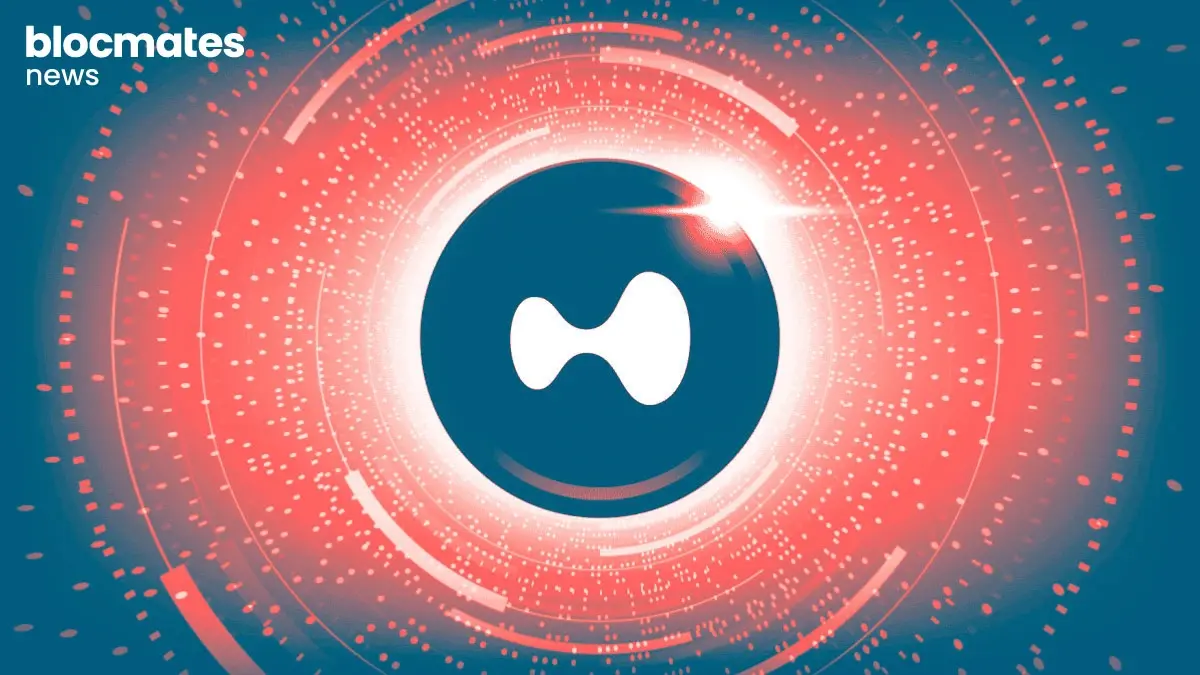



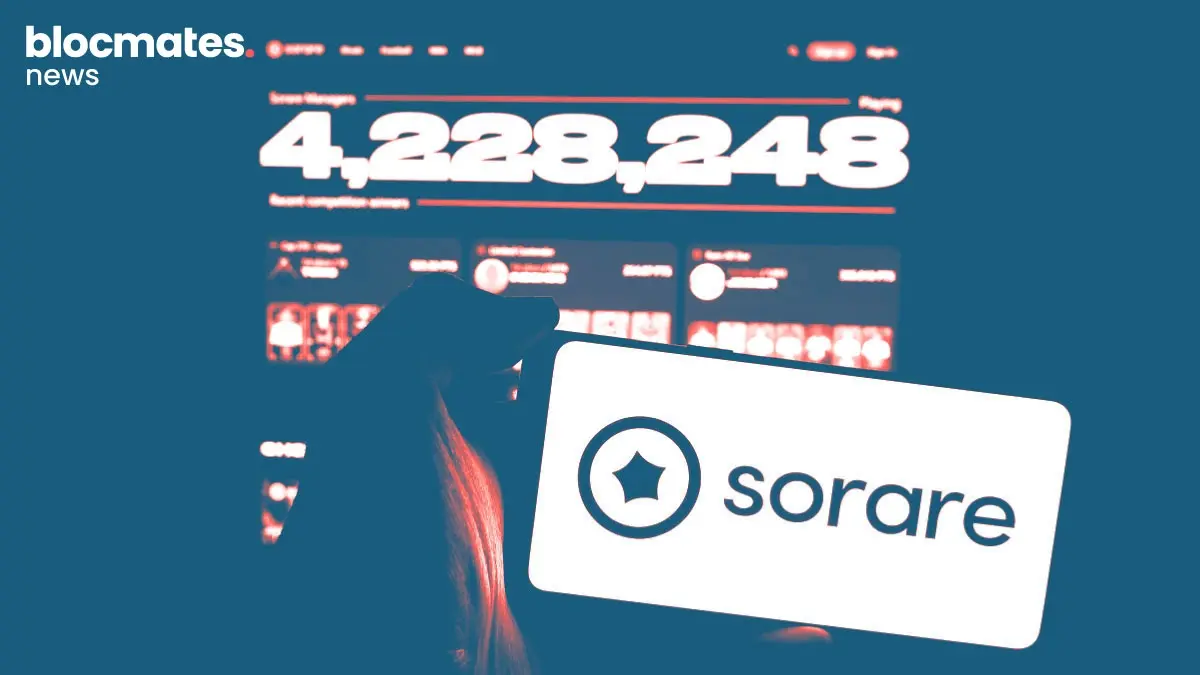
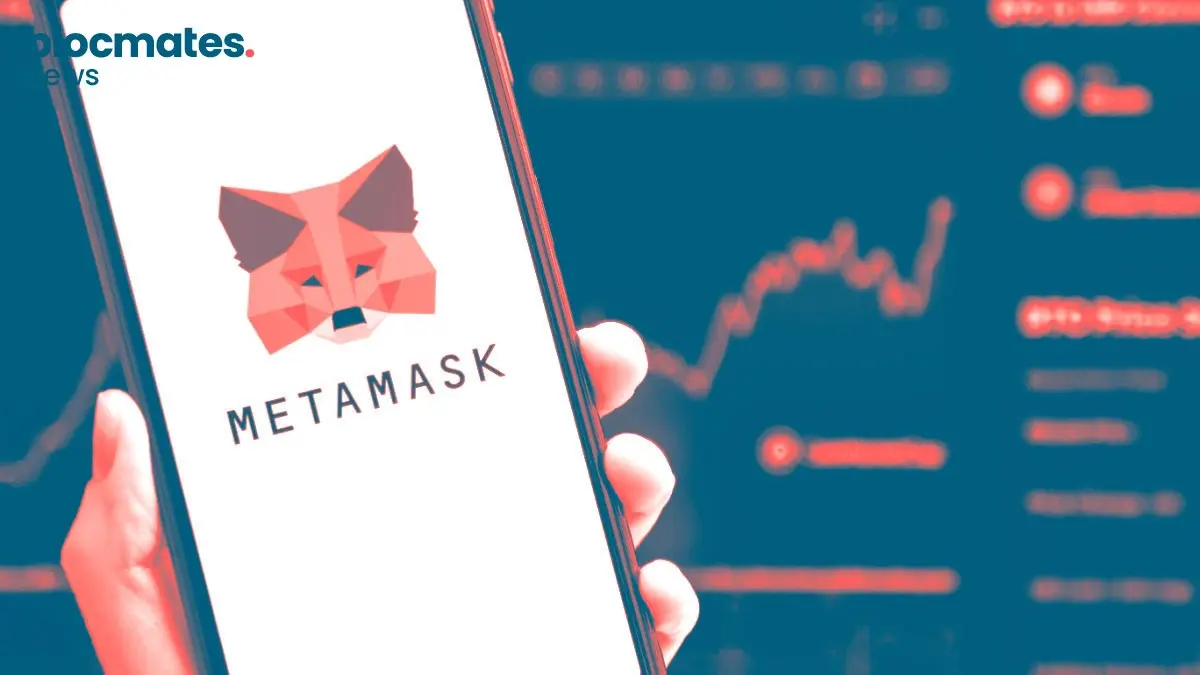
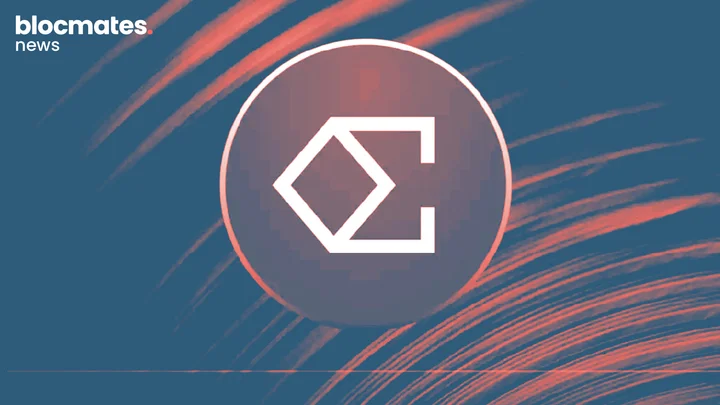





.webp)

.webp)


.webp)



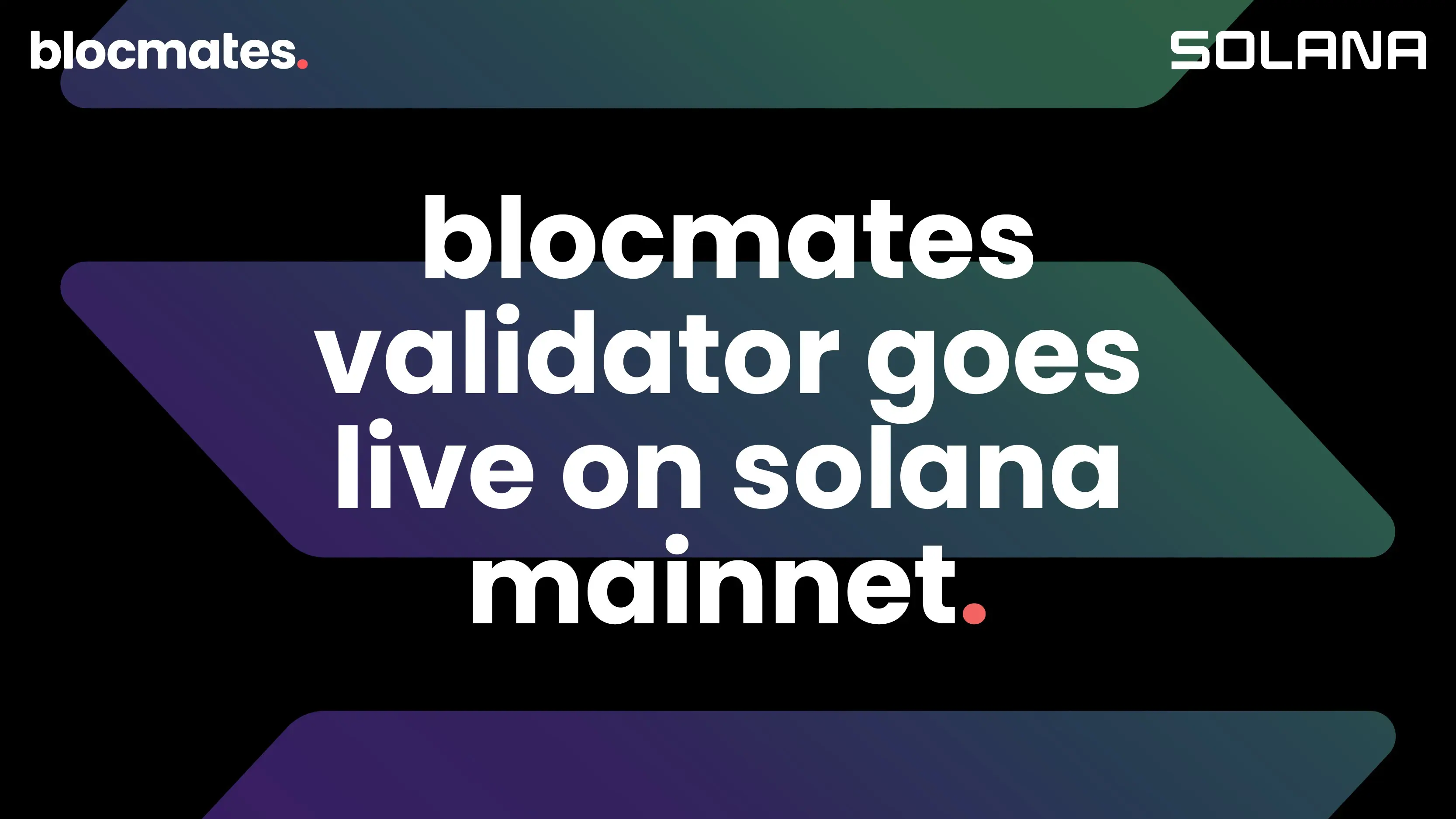
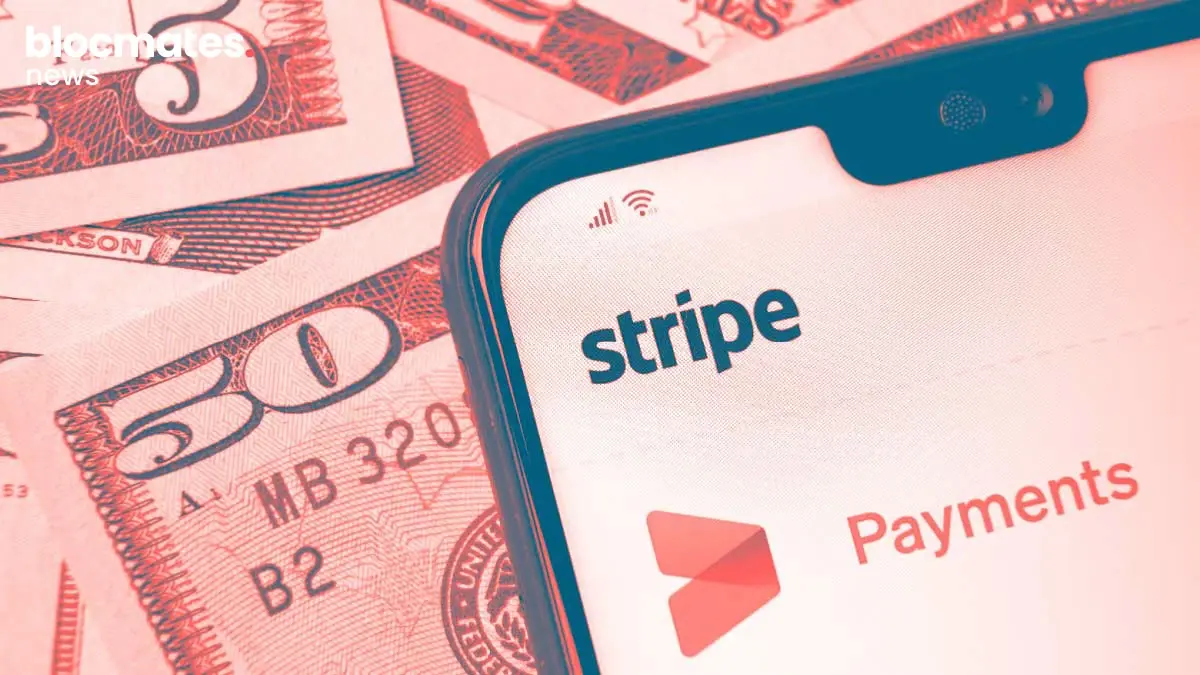



.webp)
